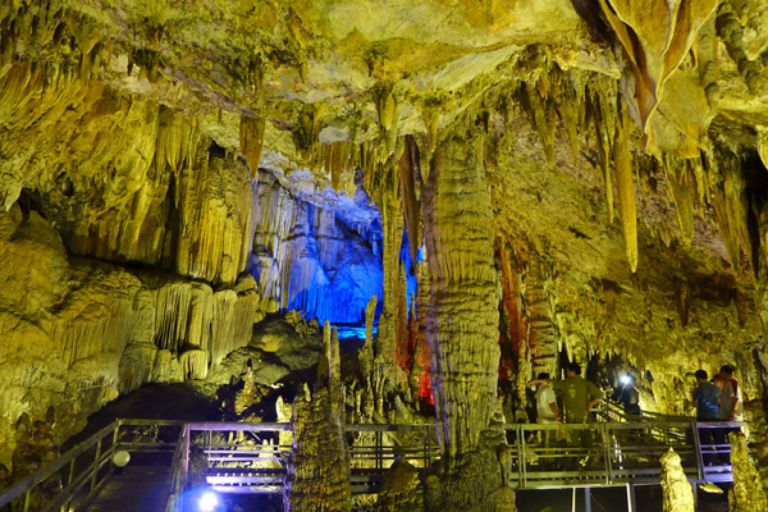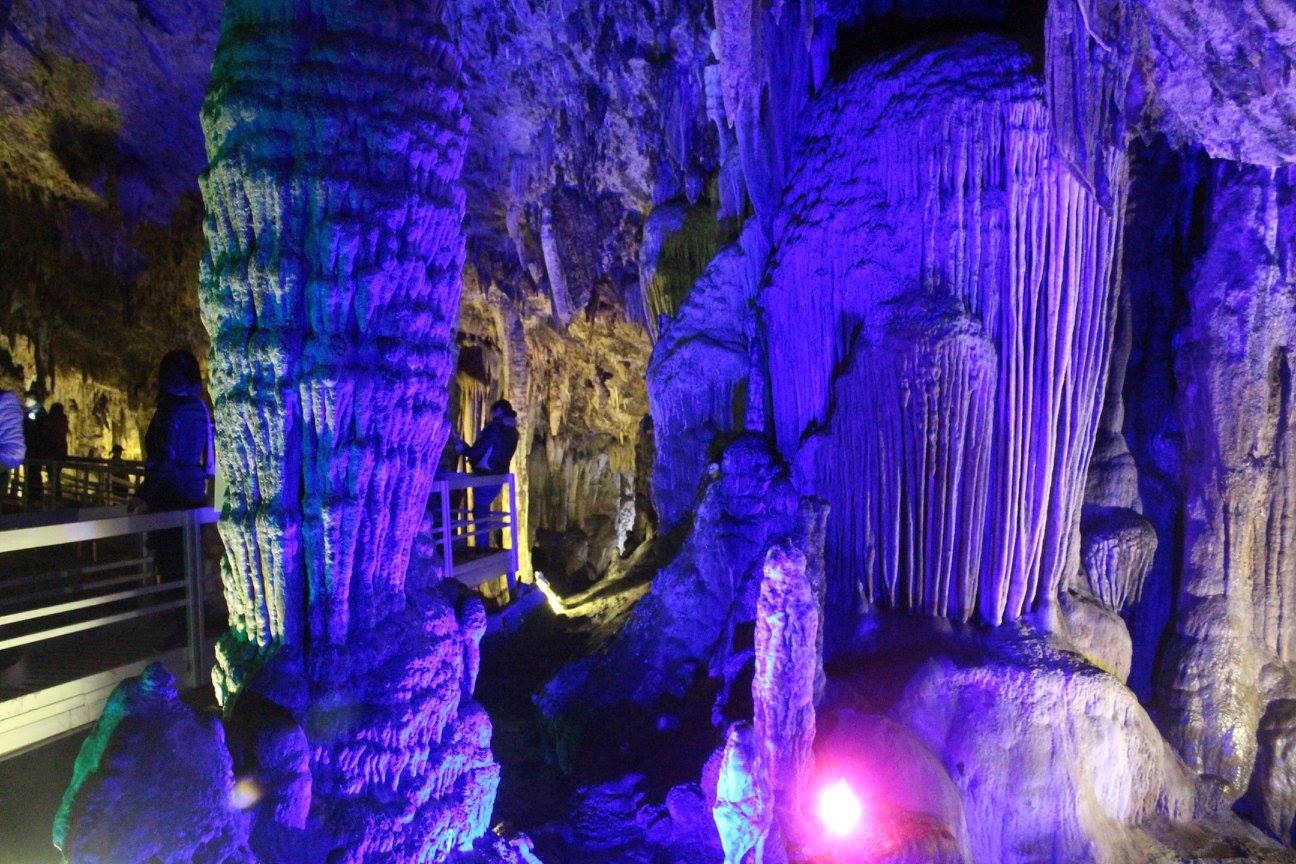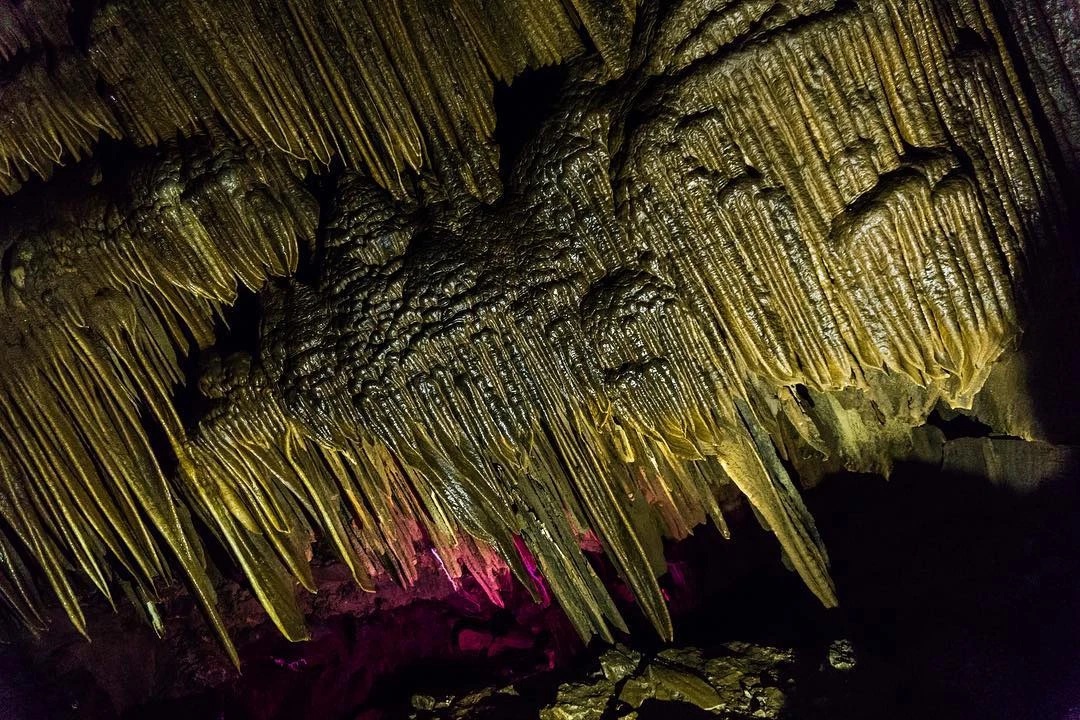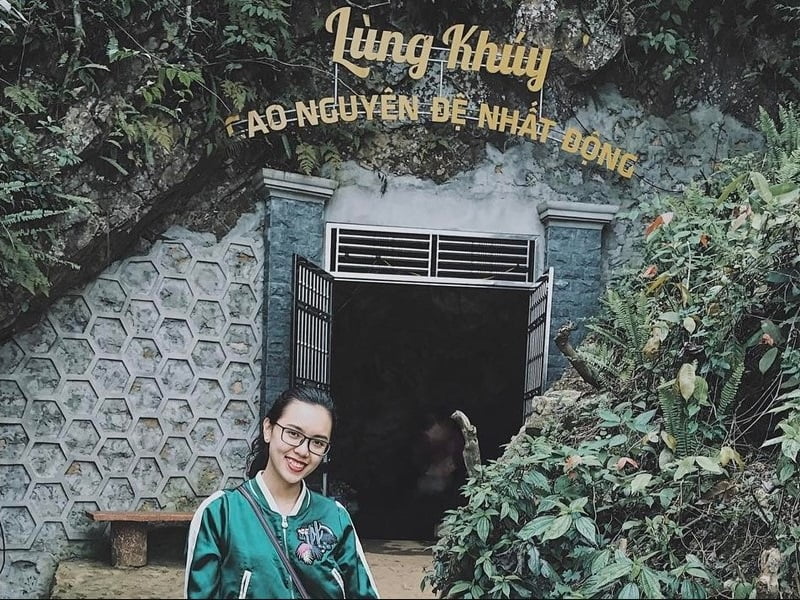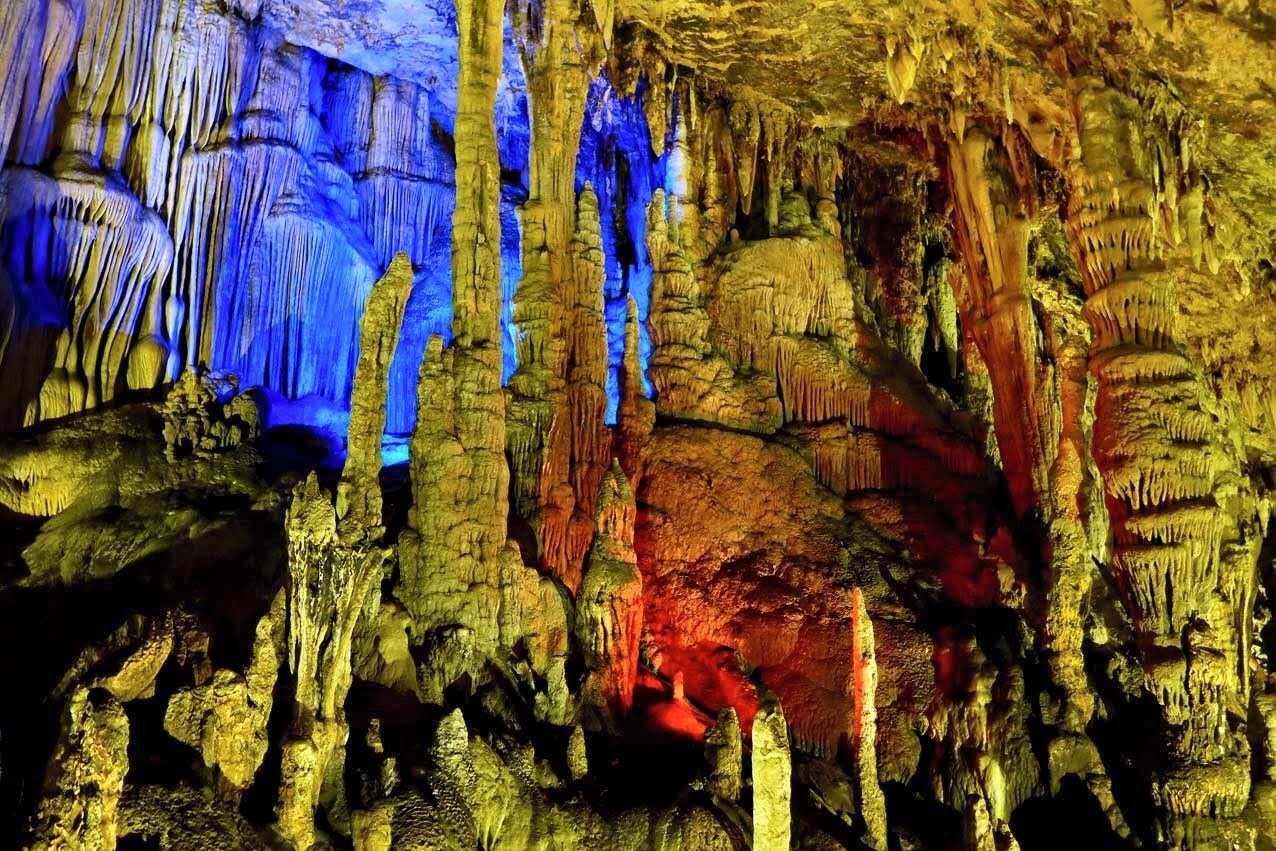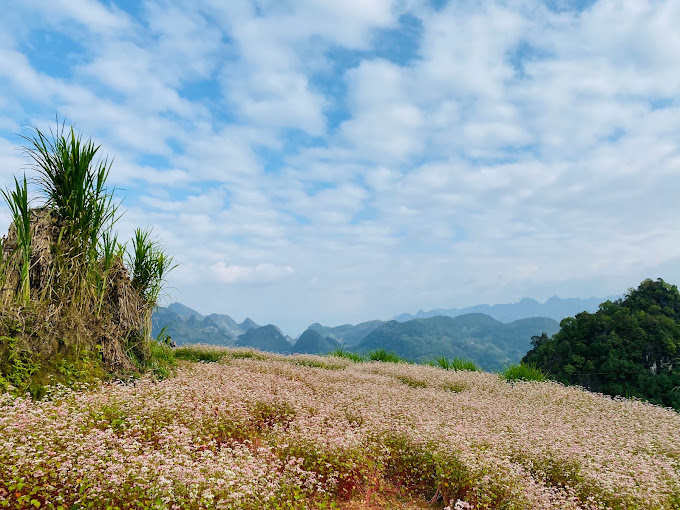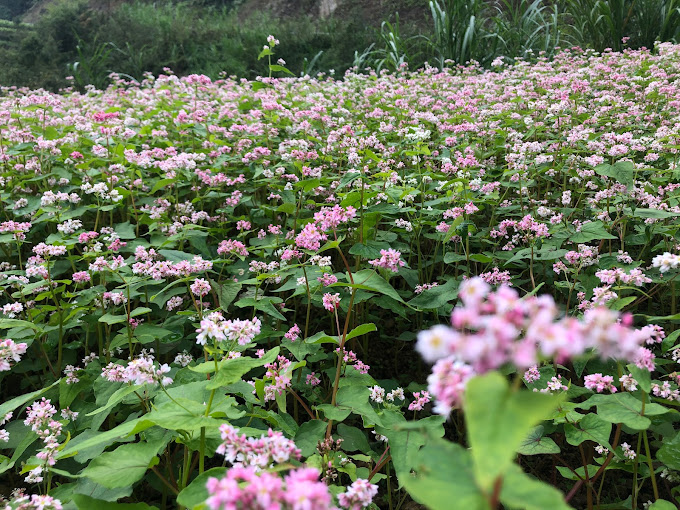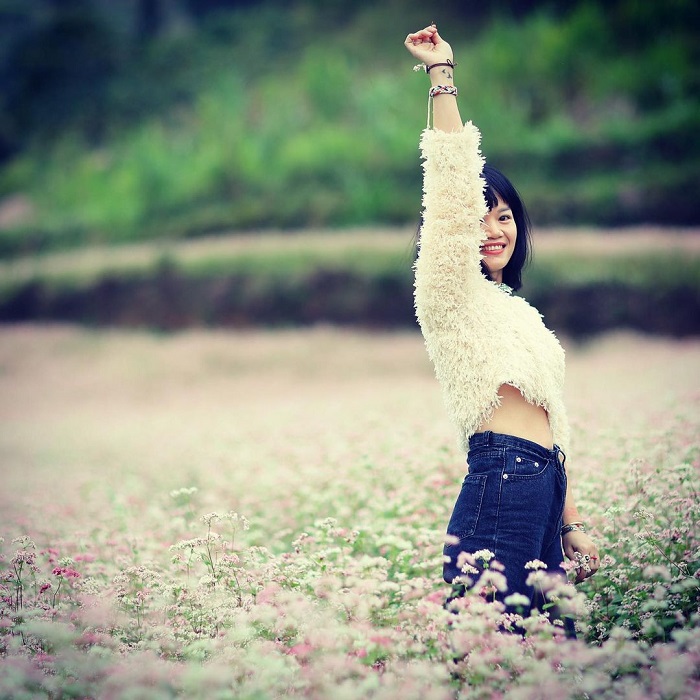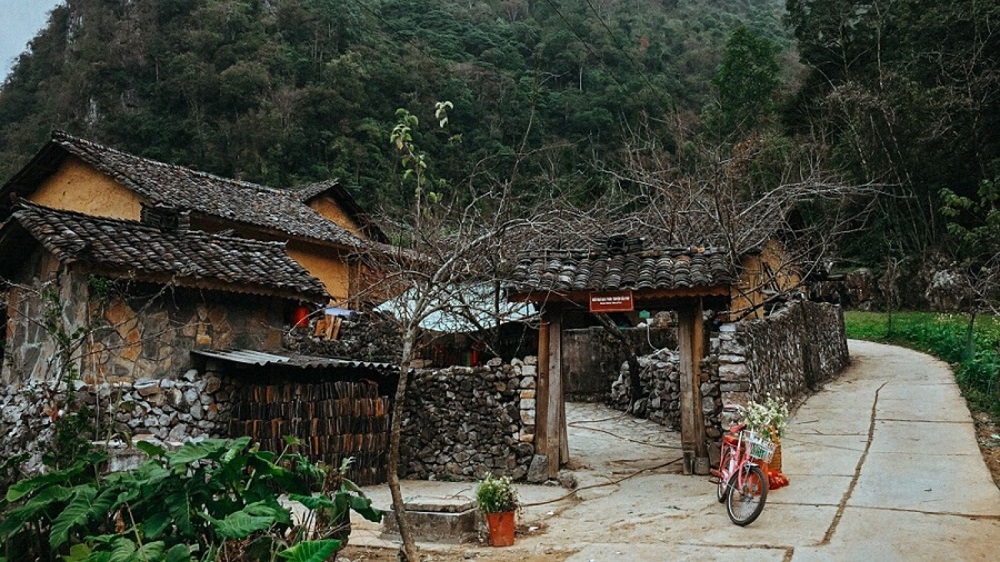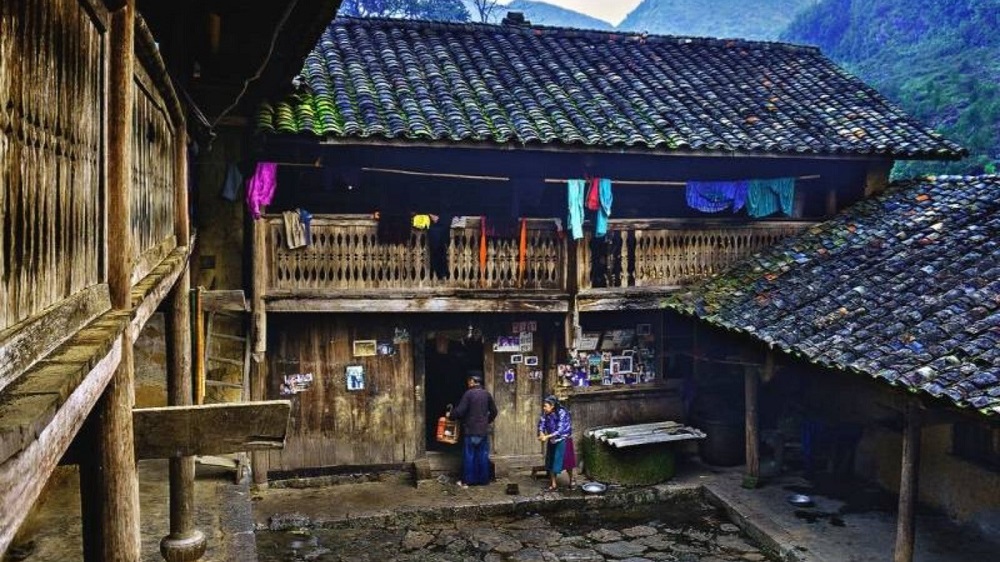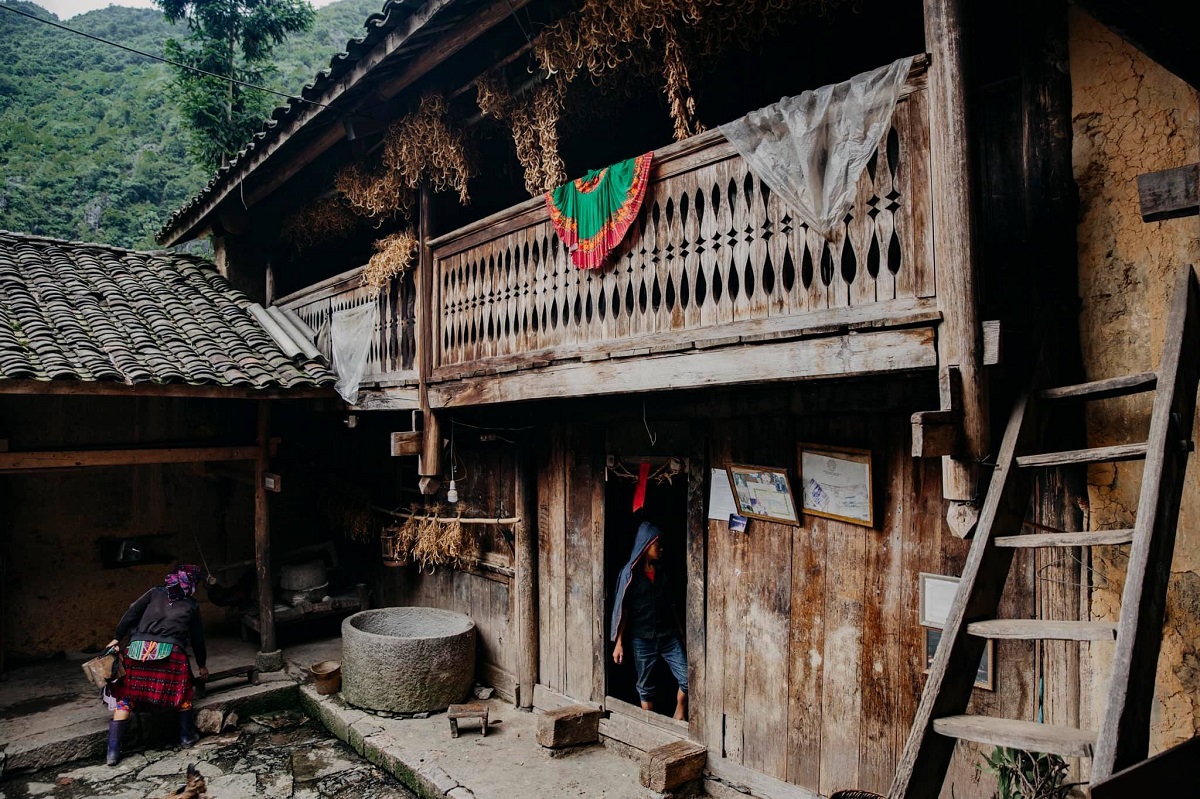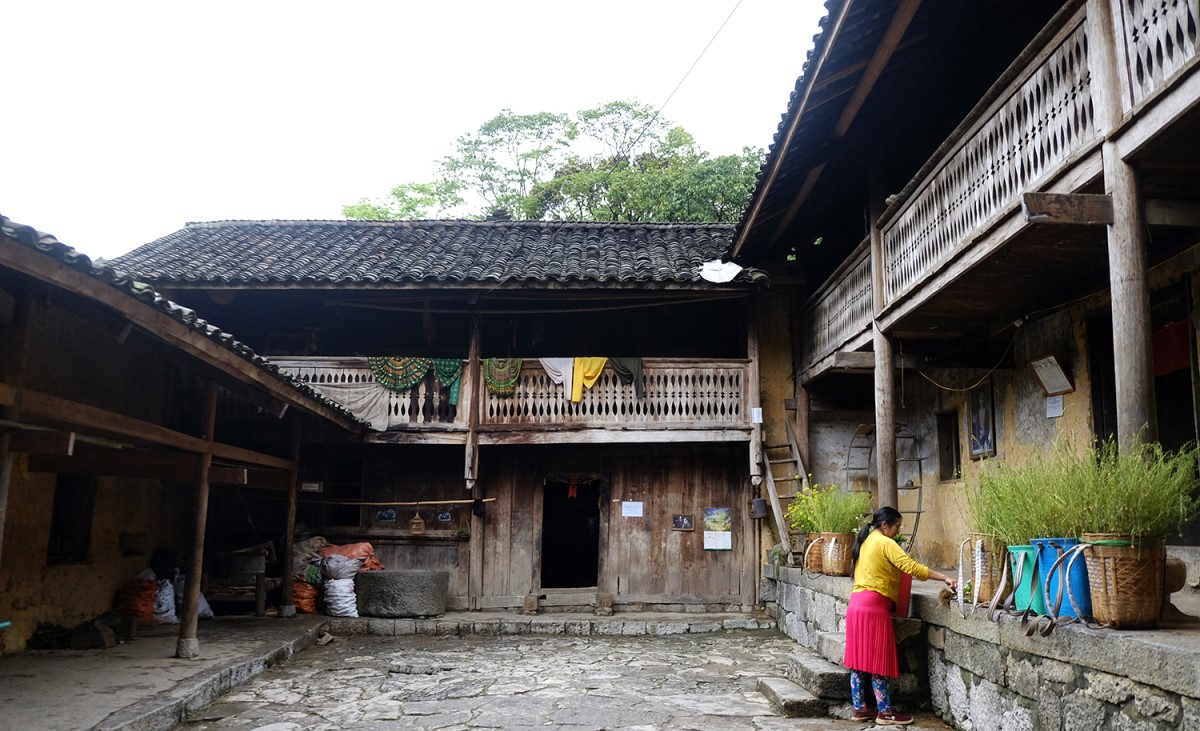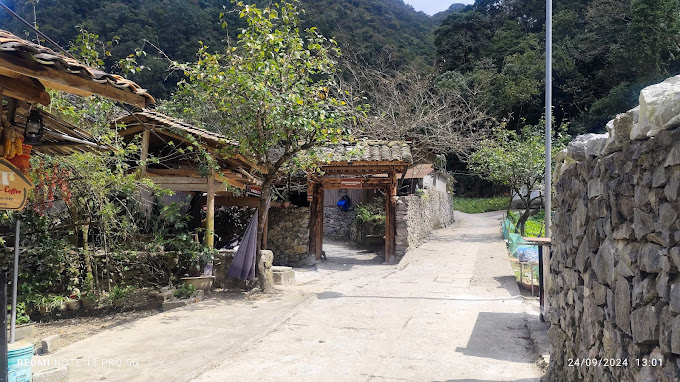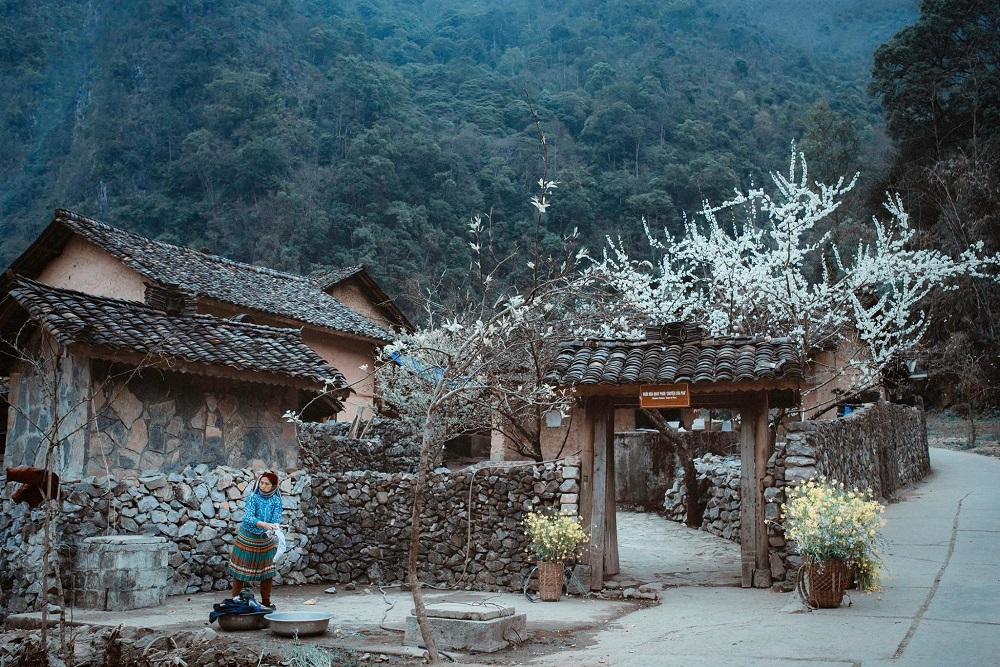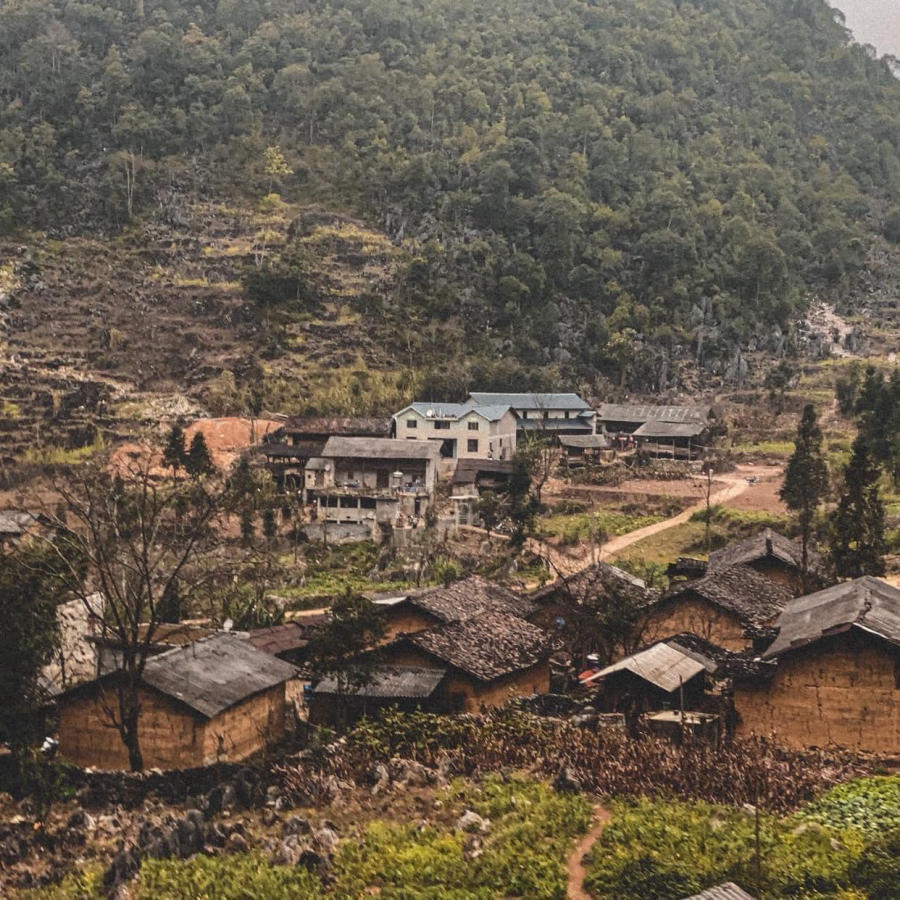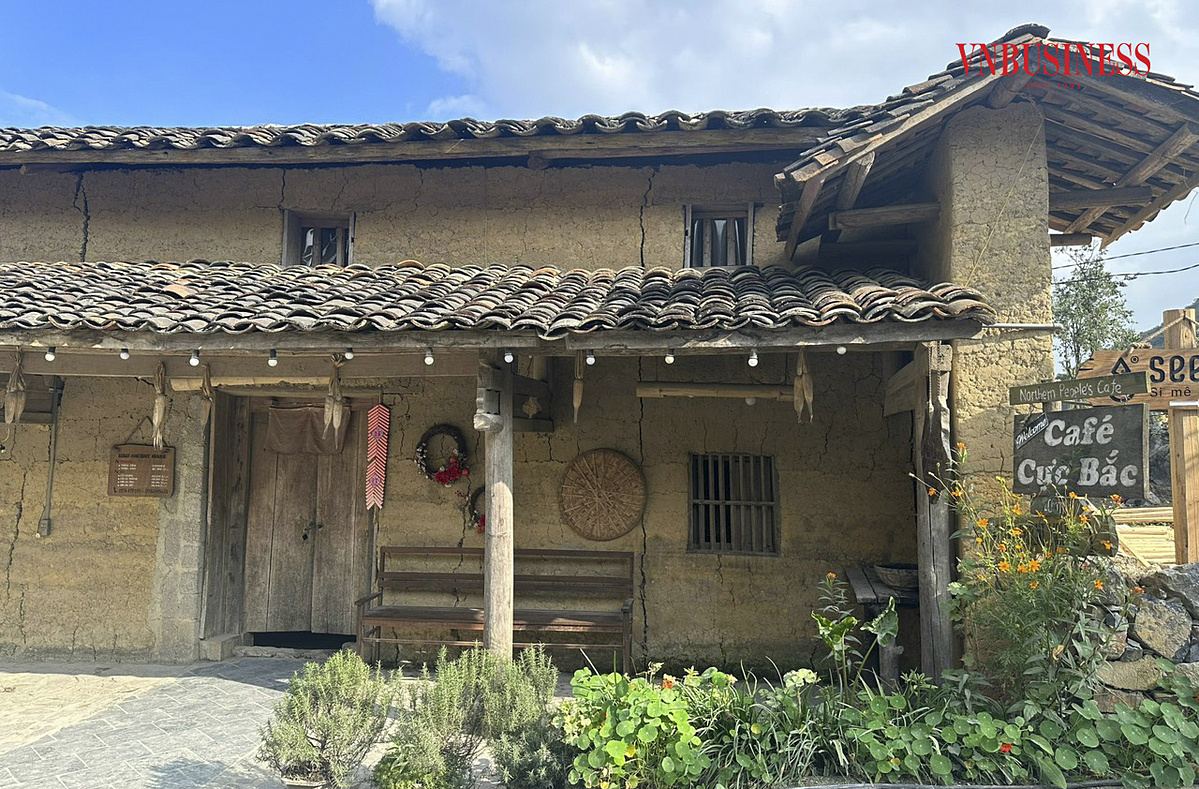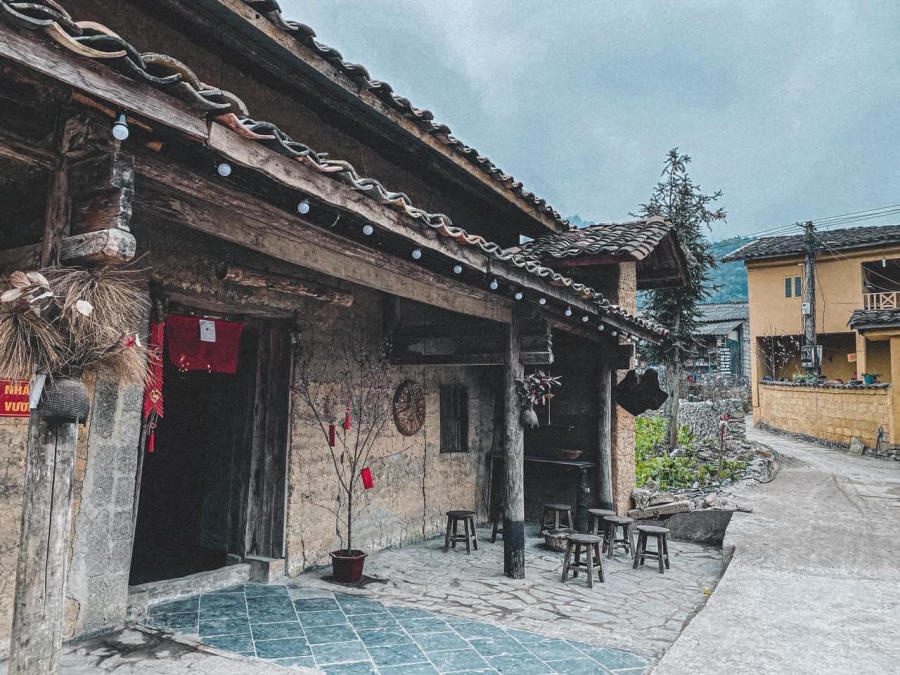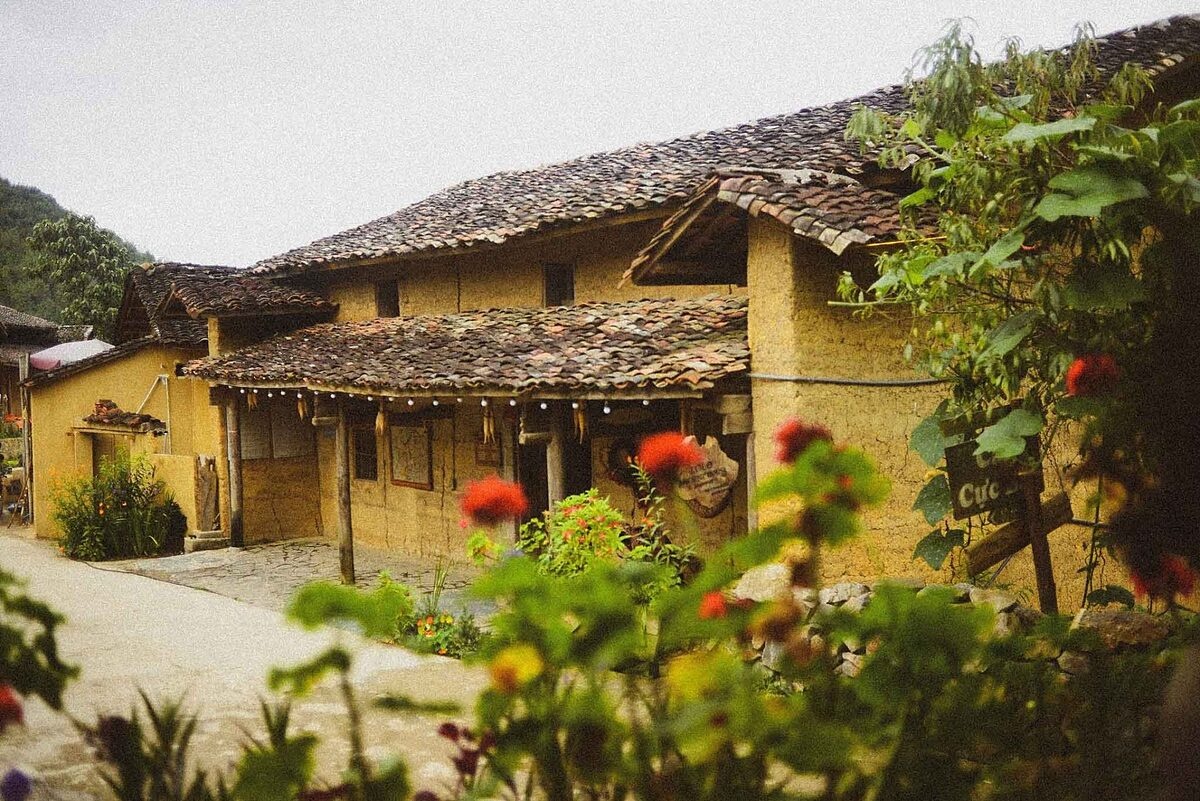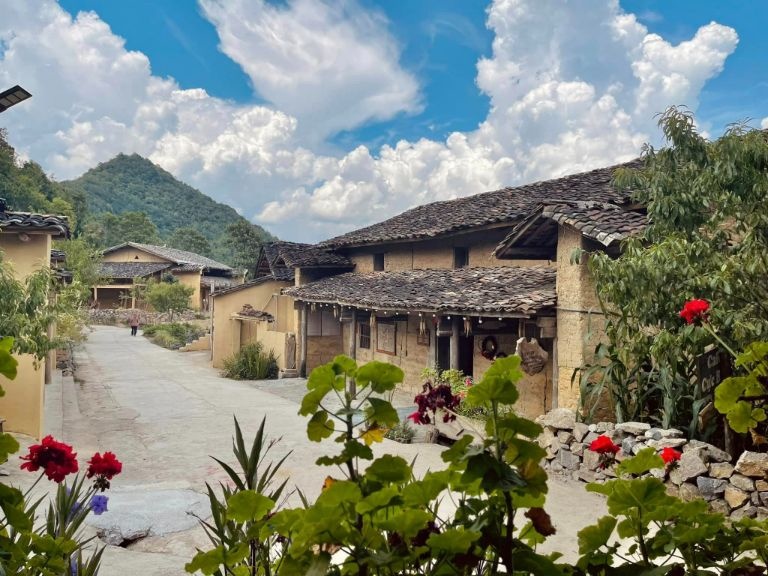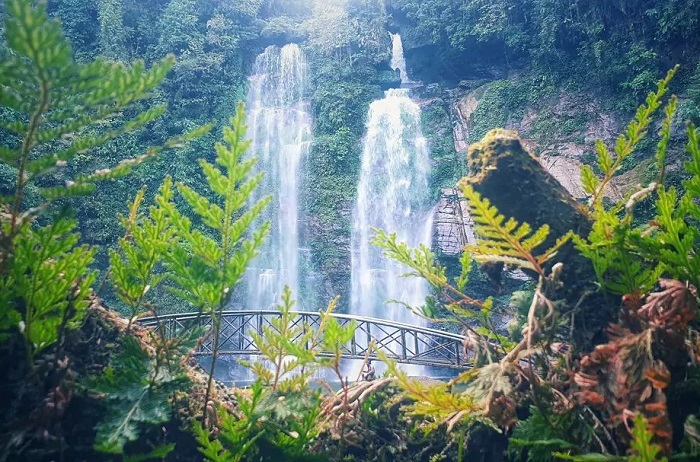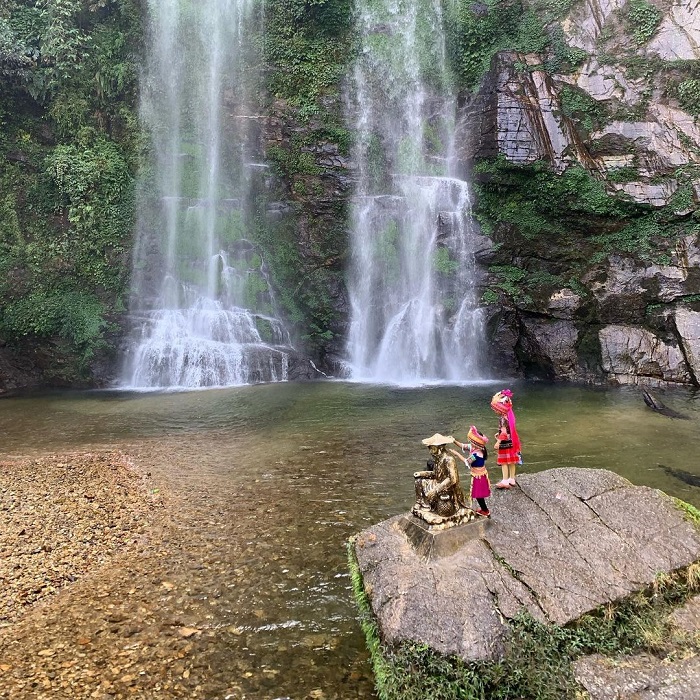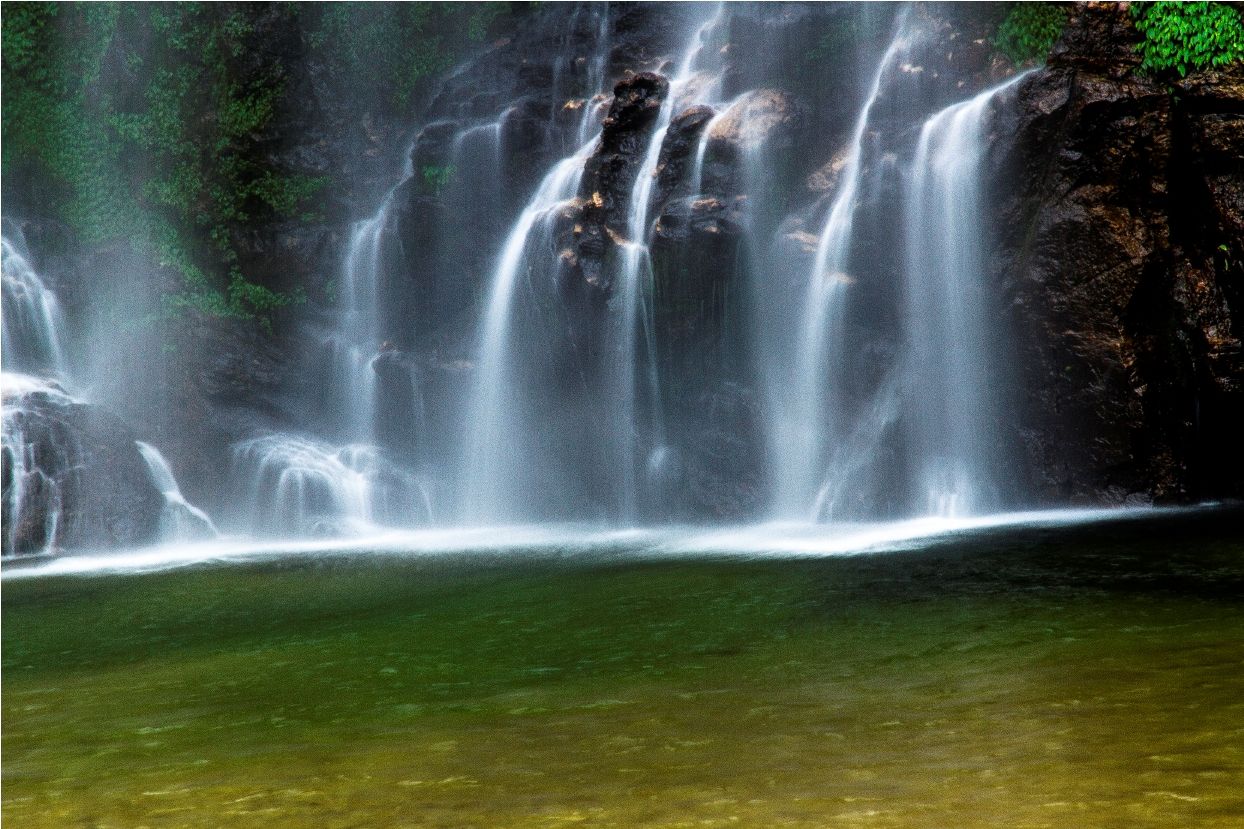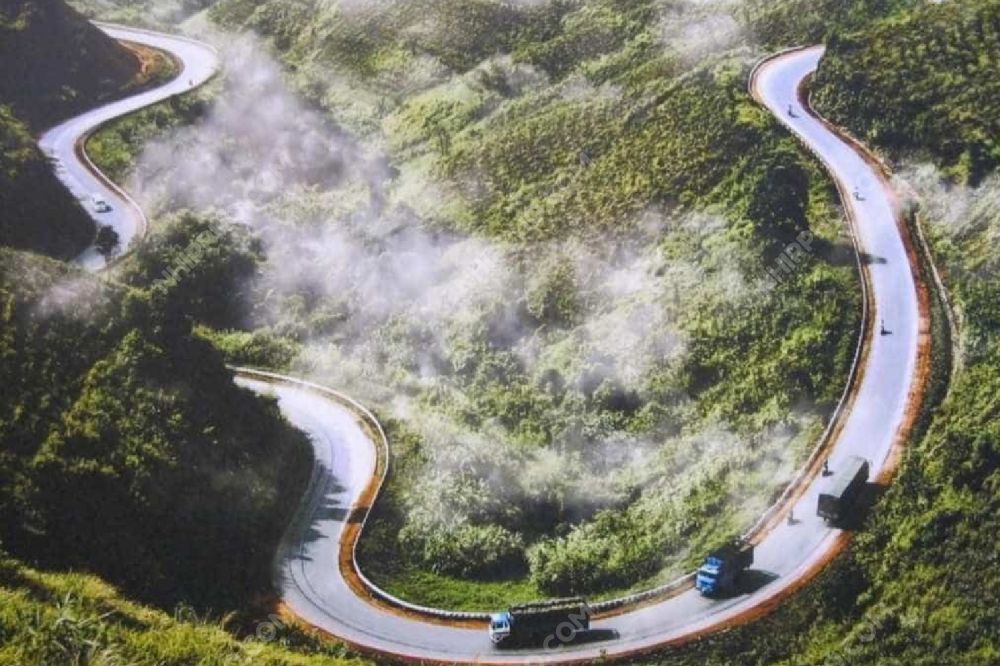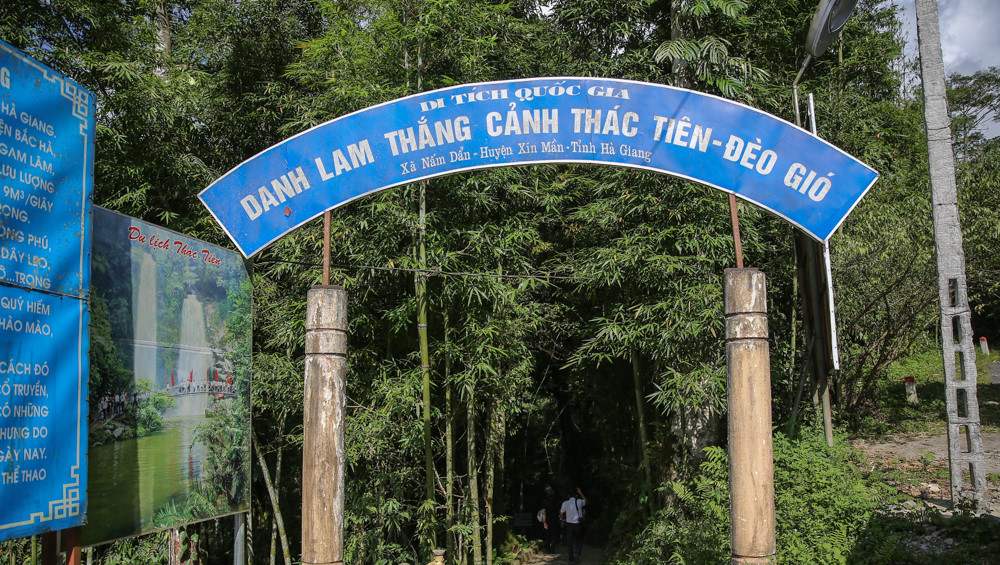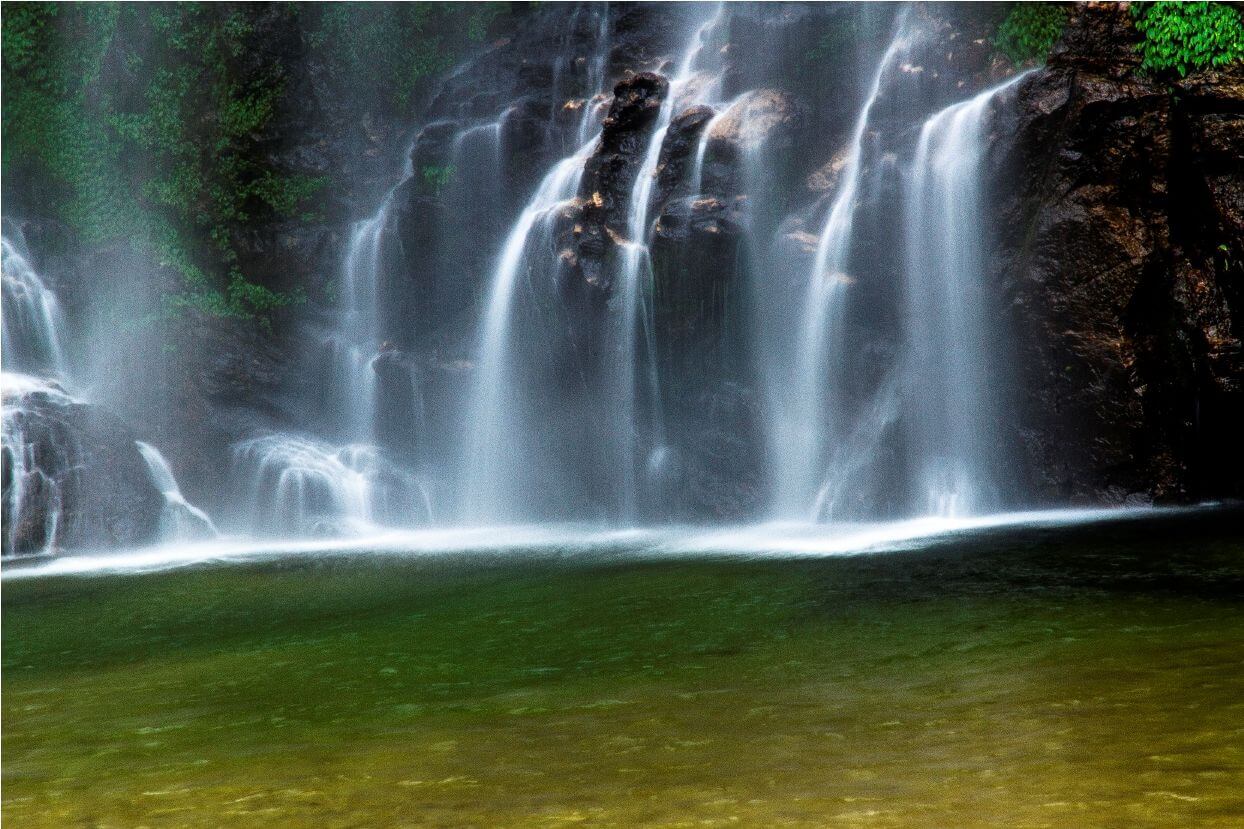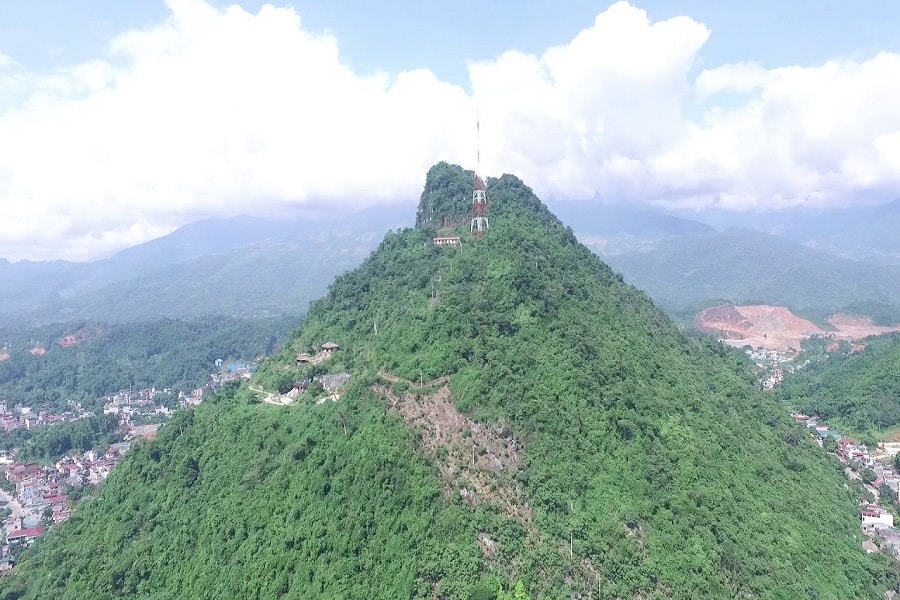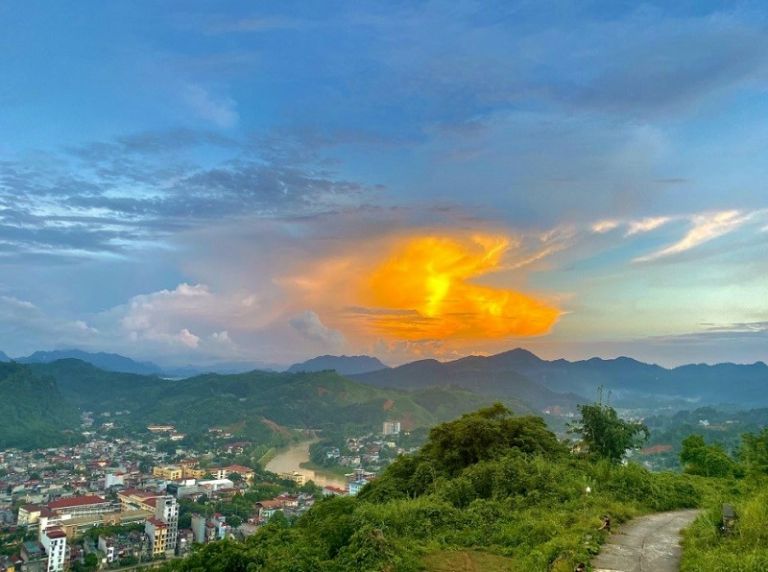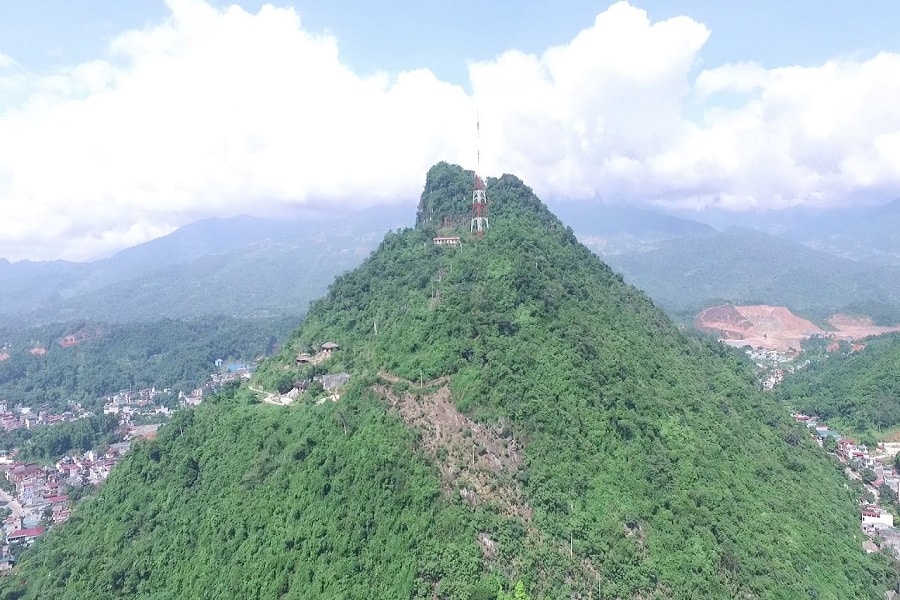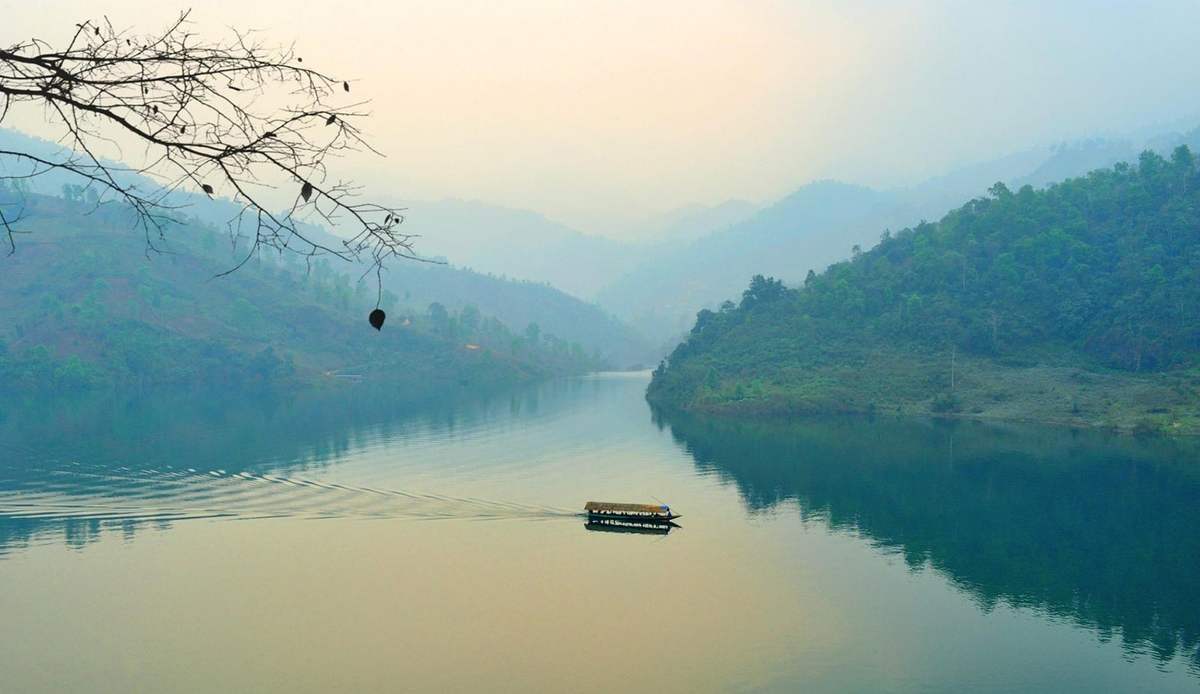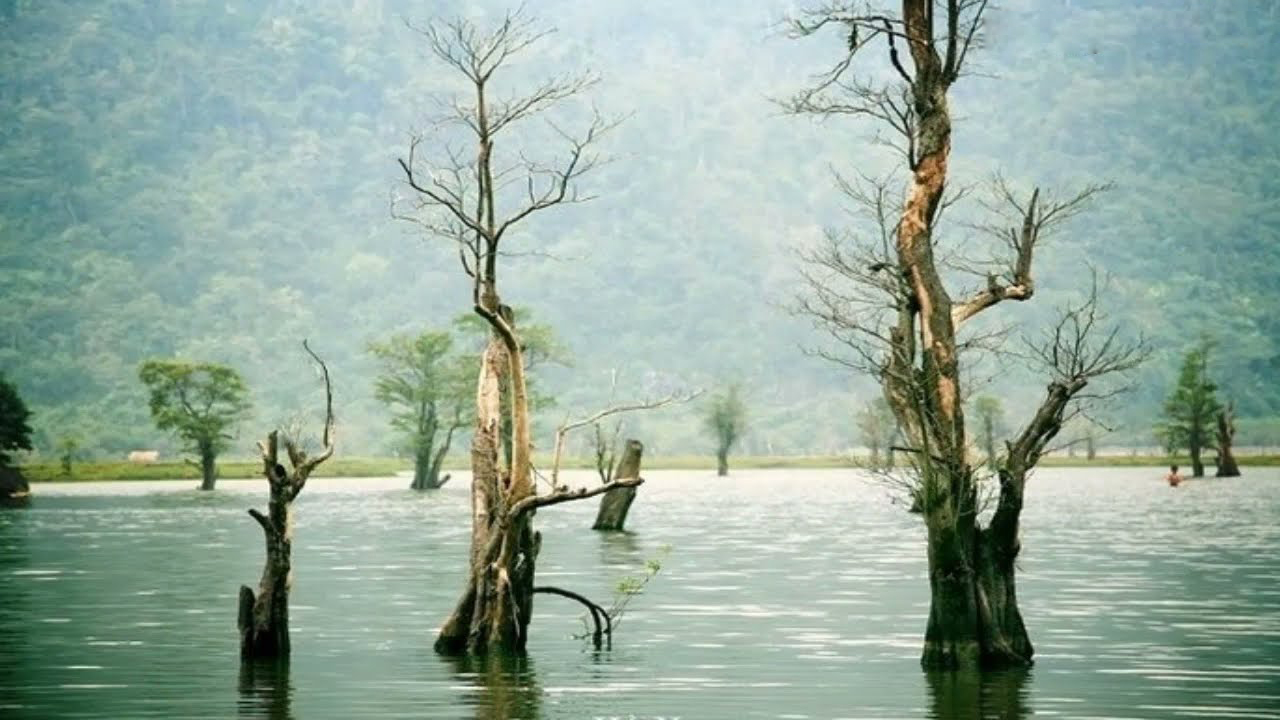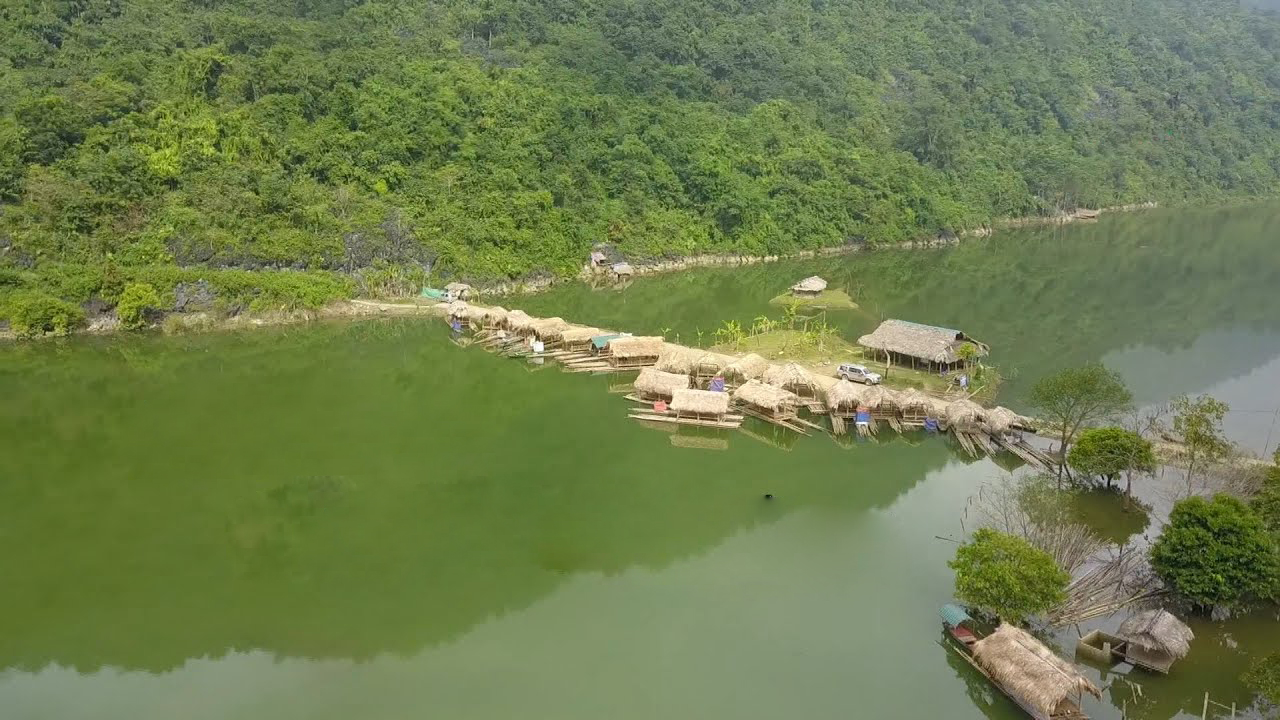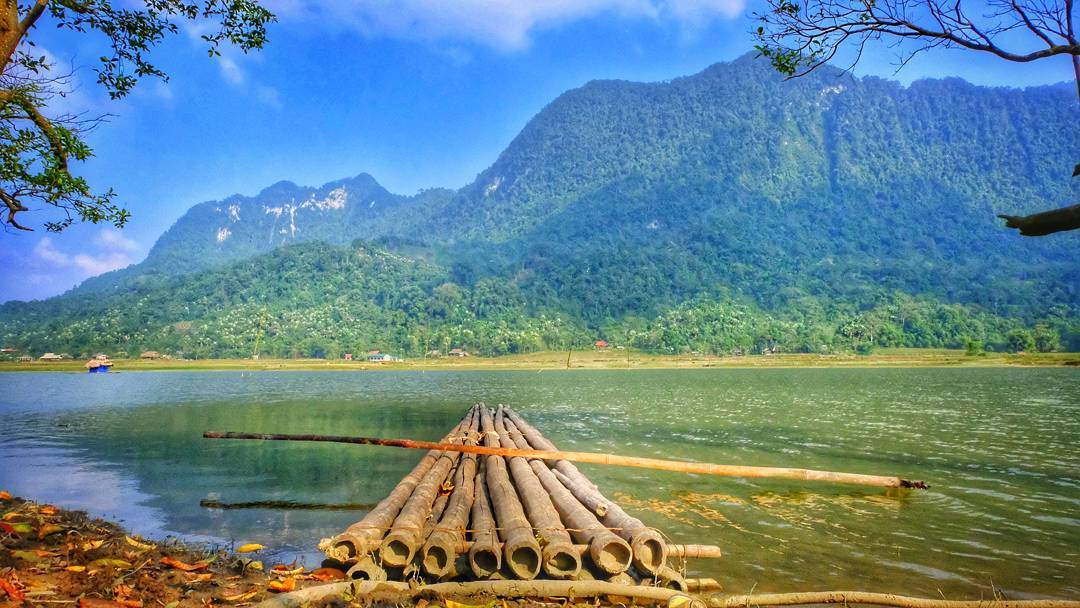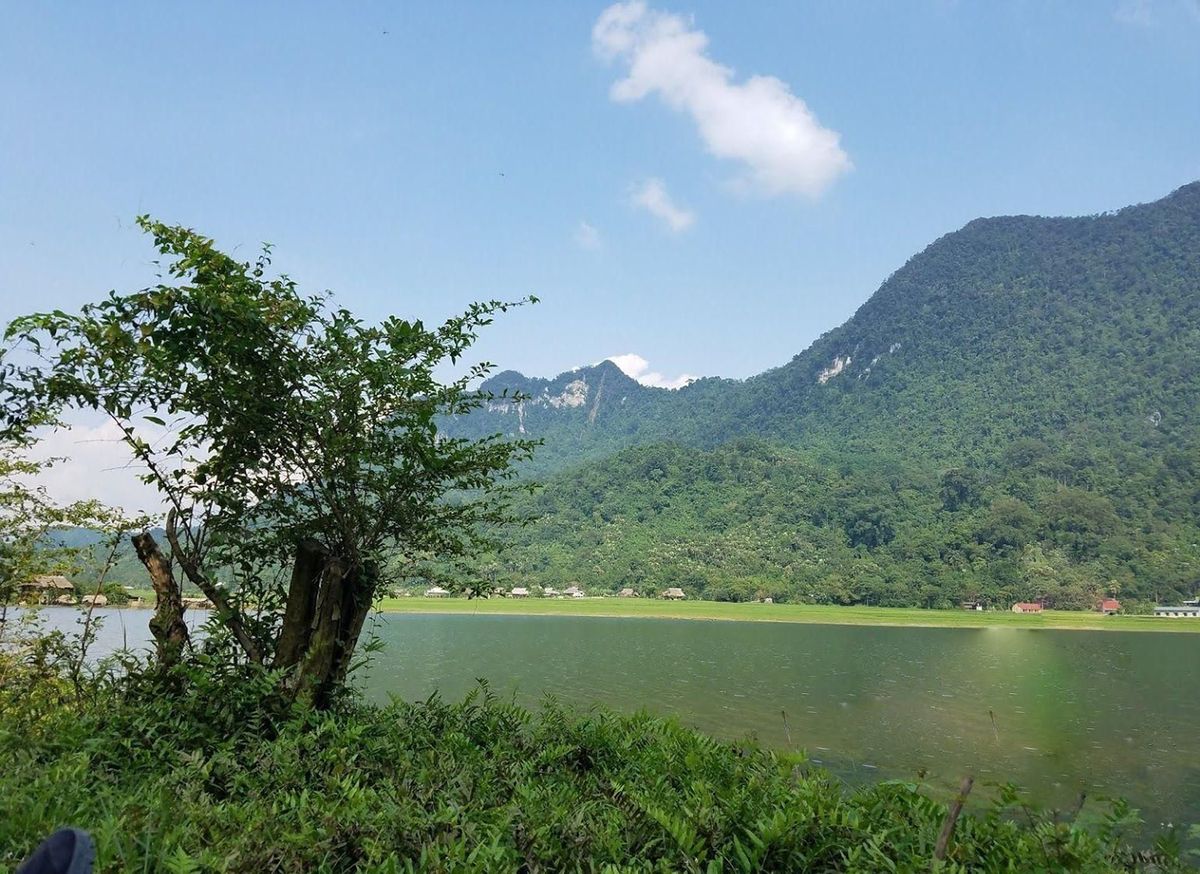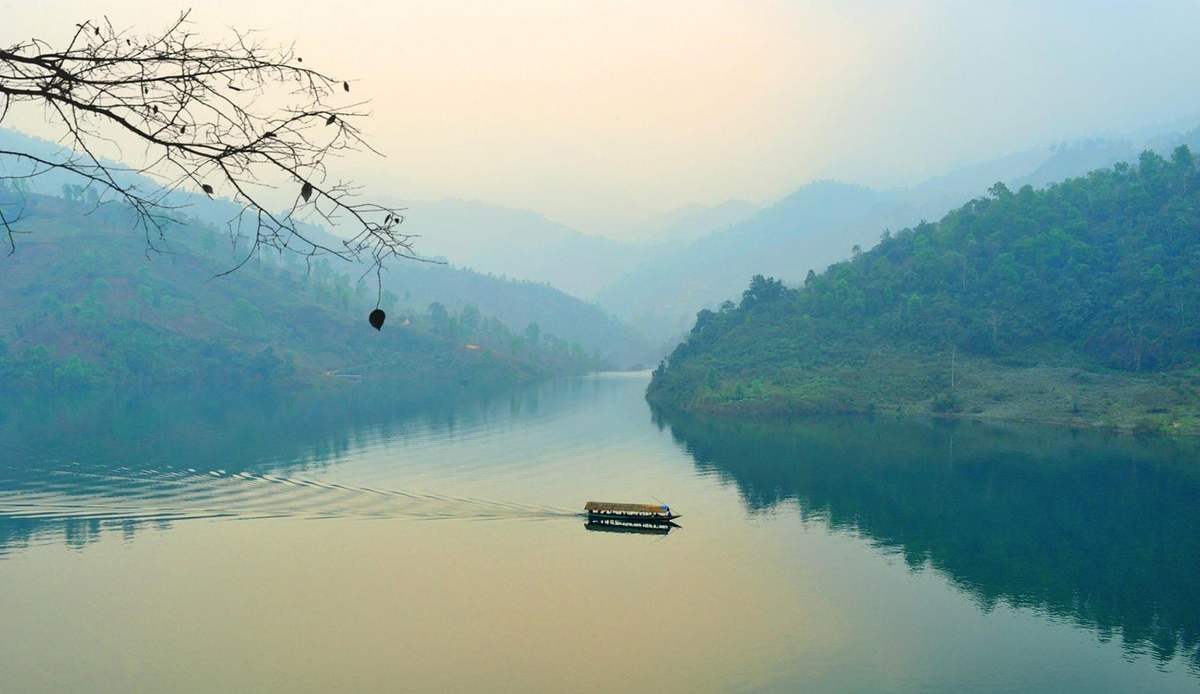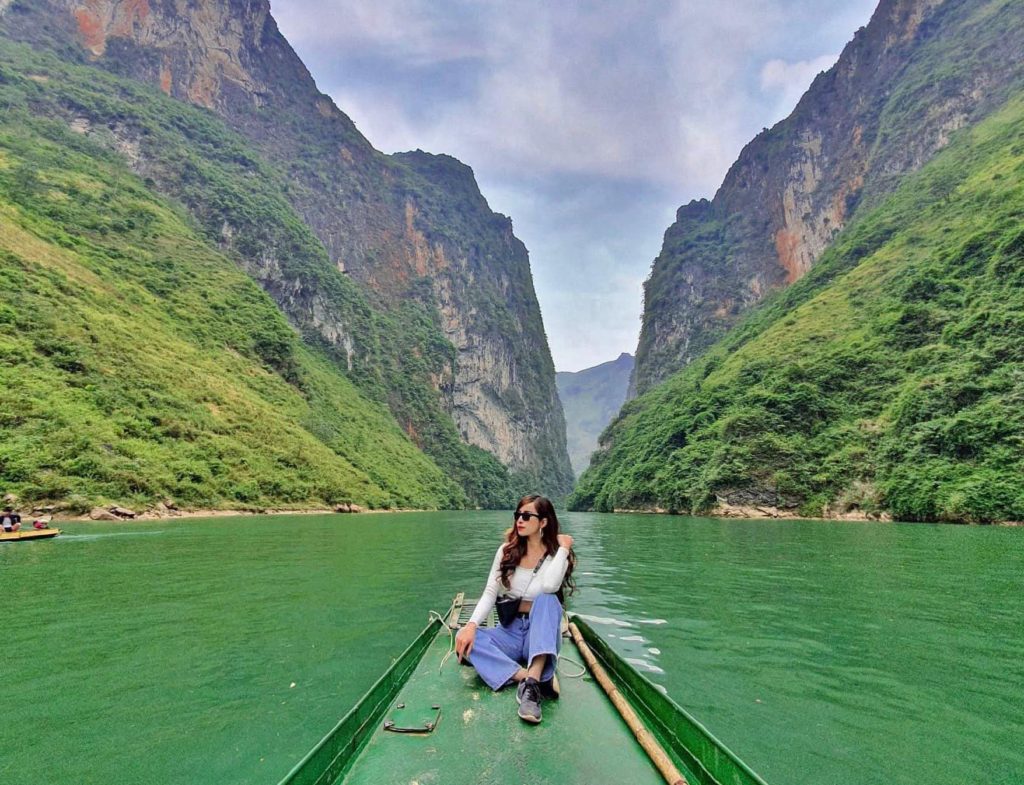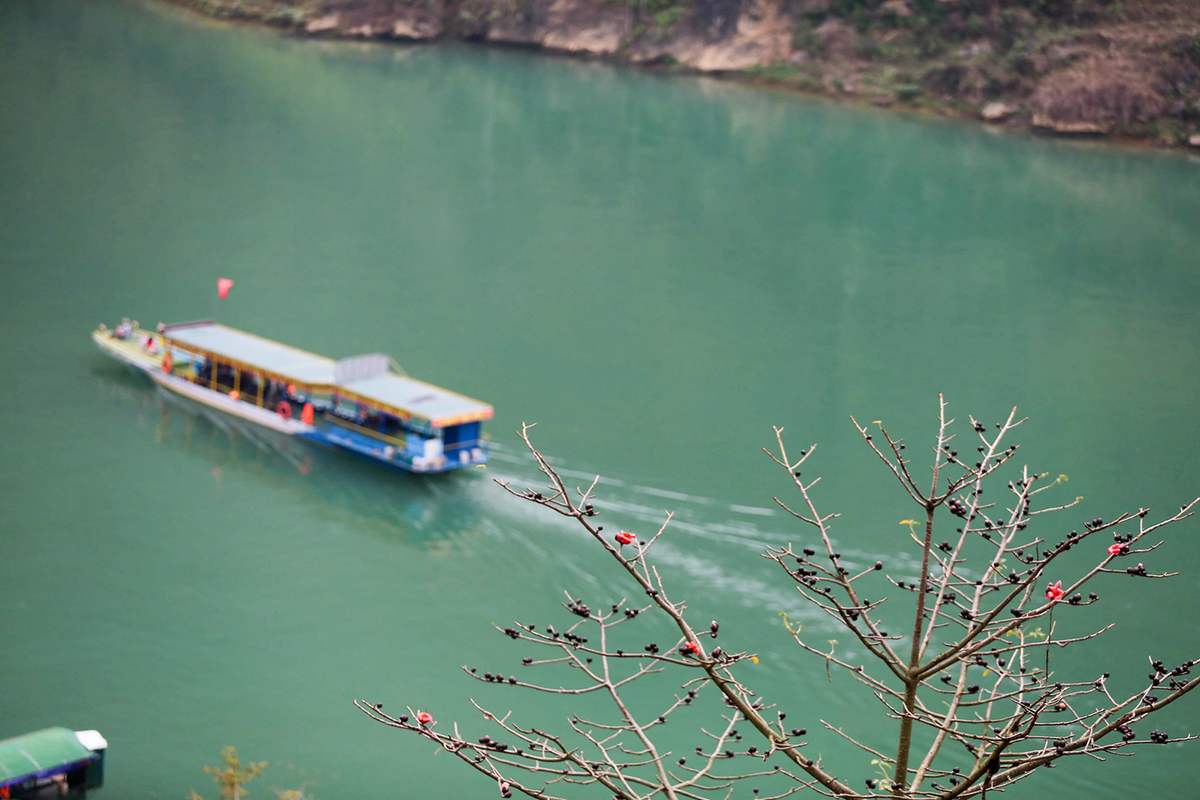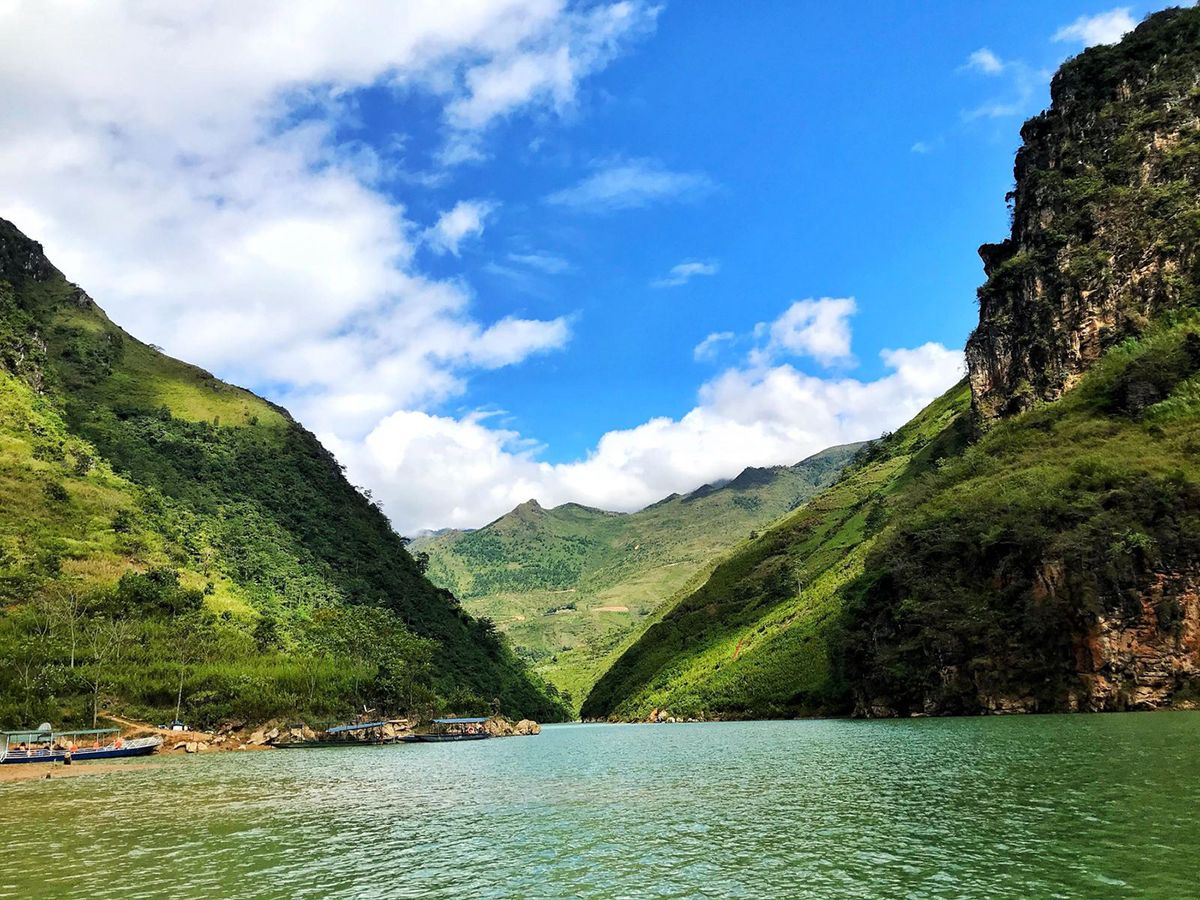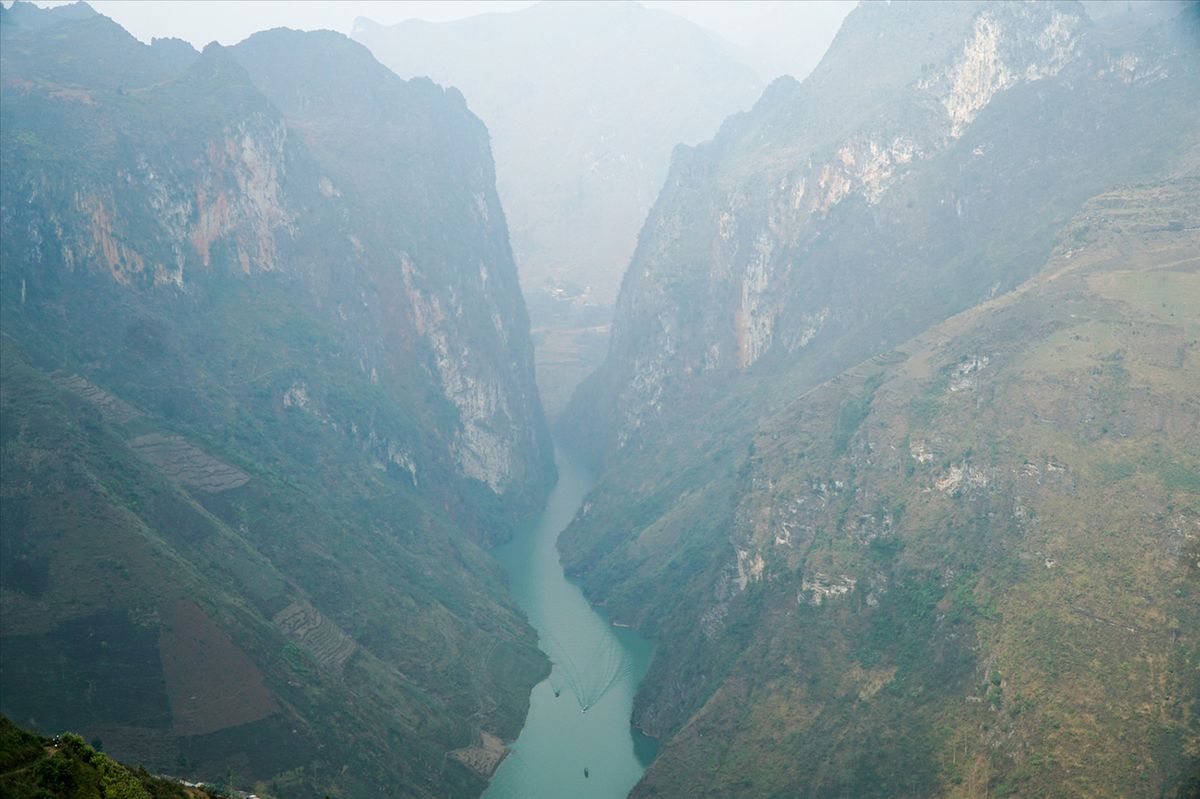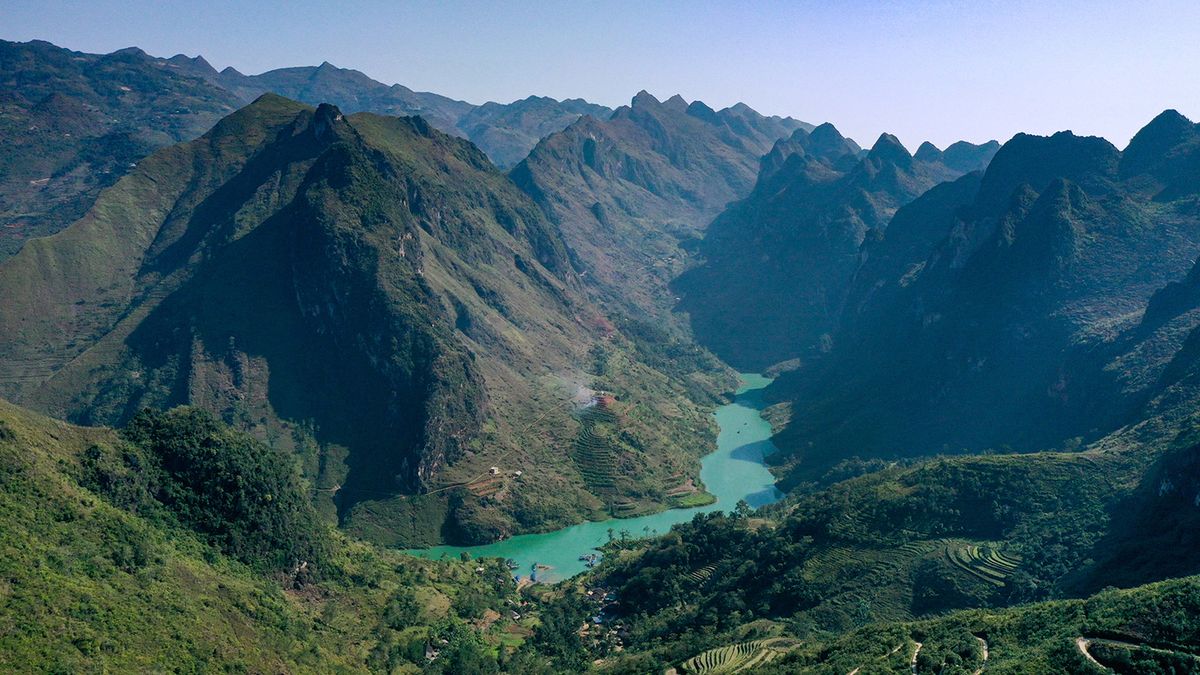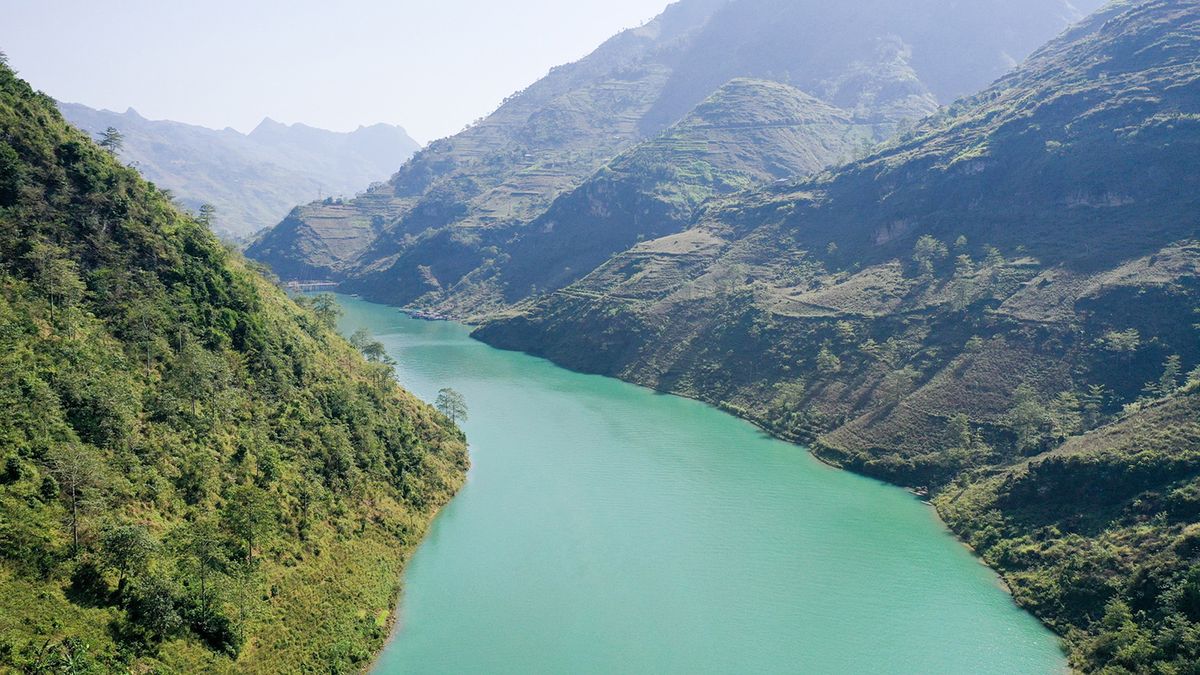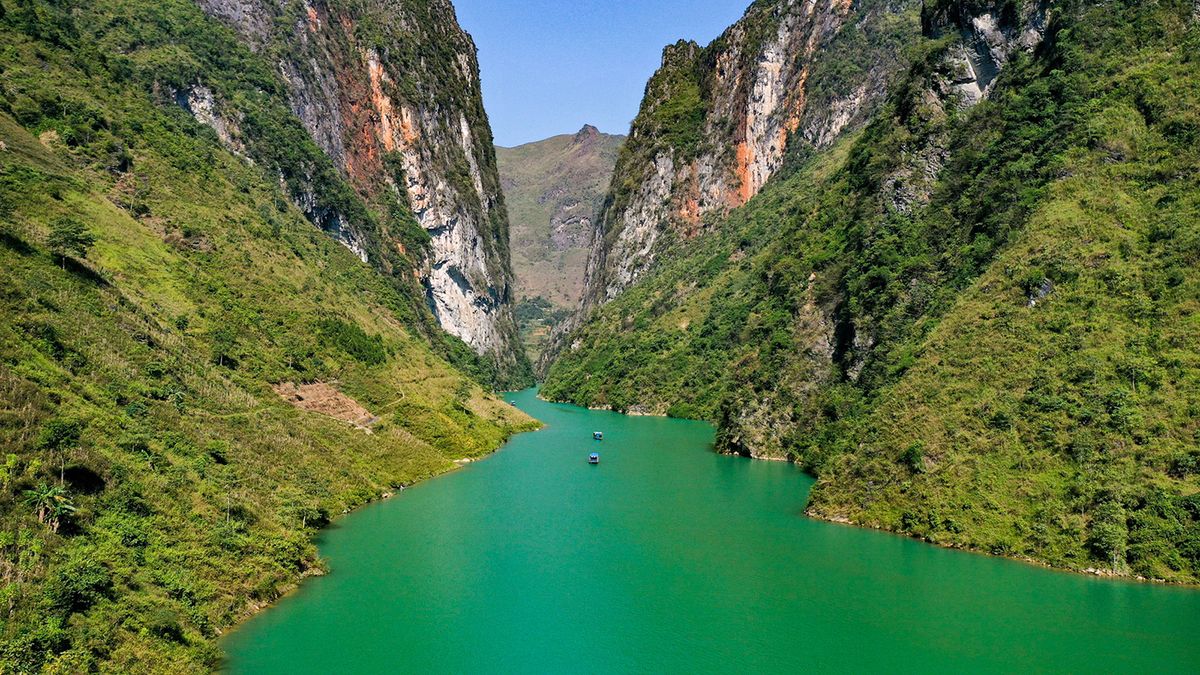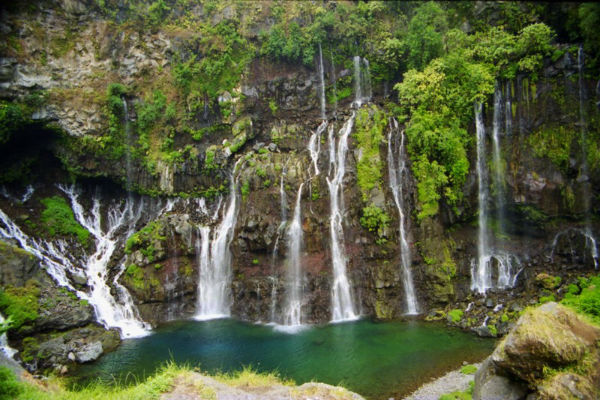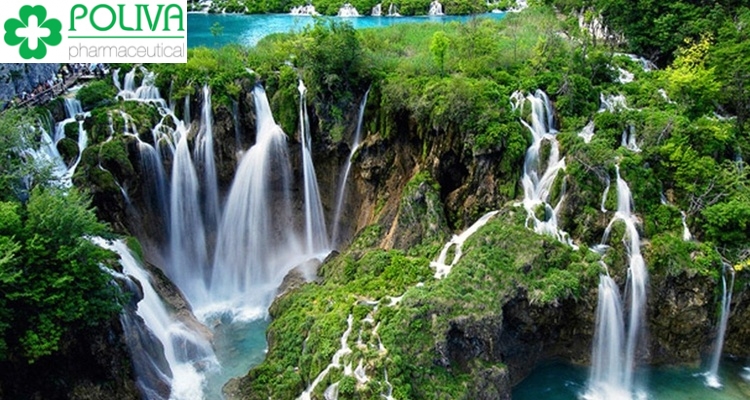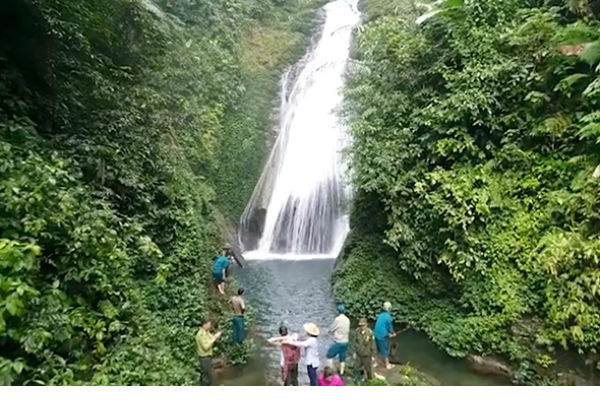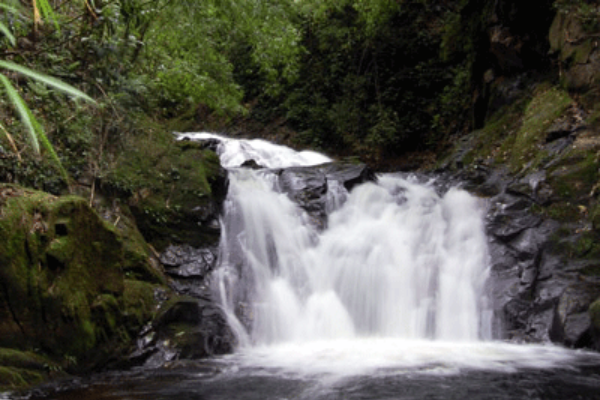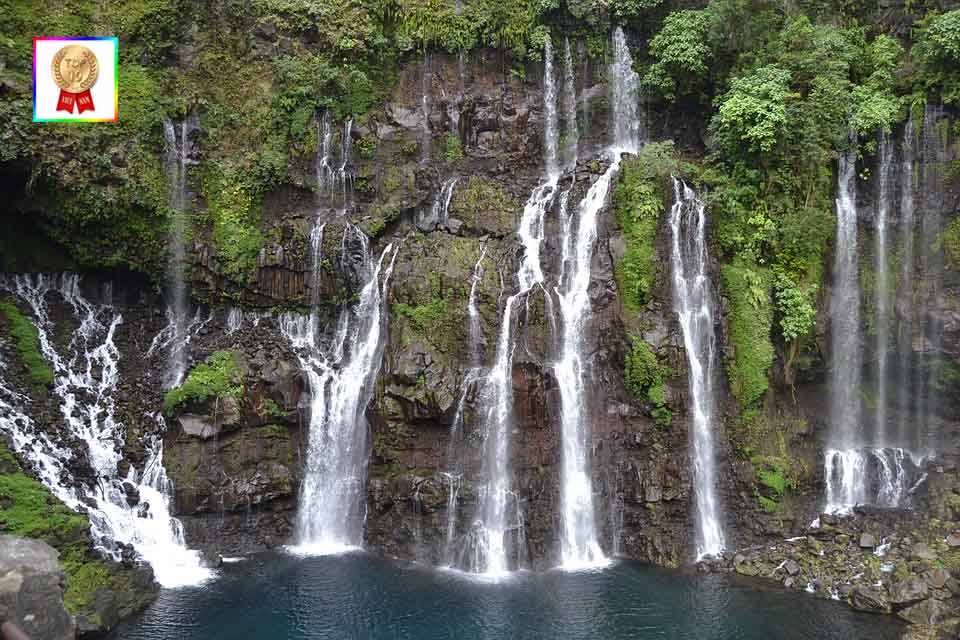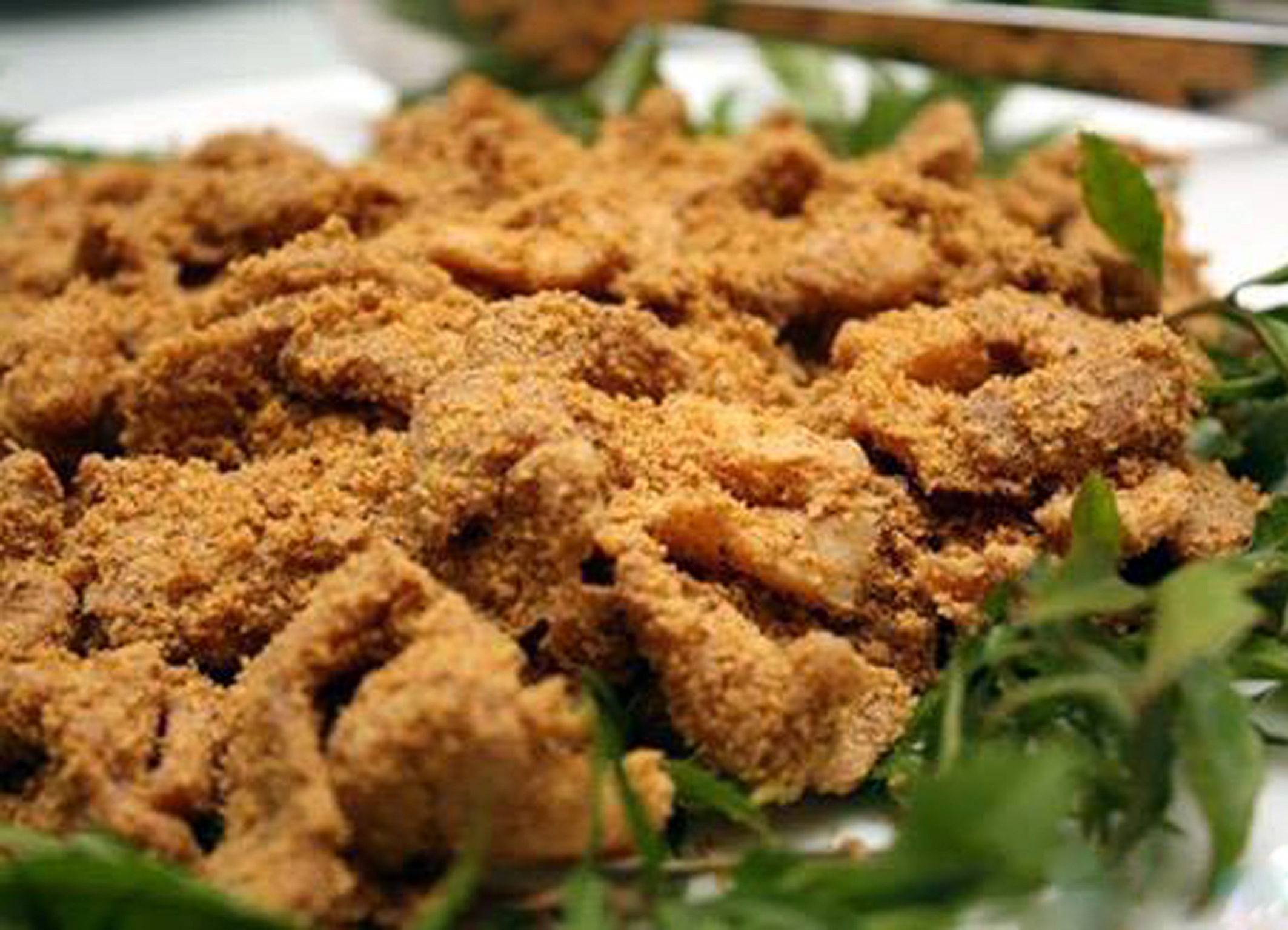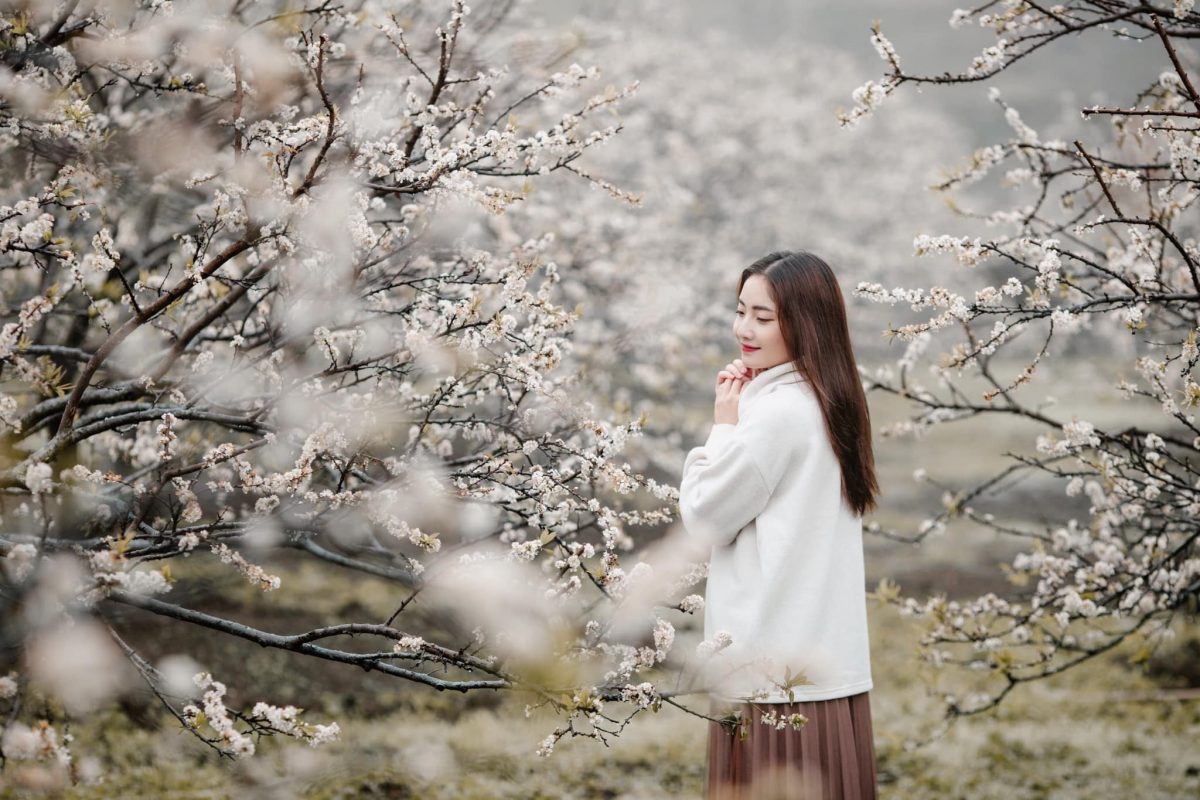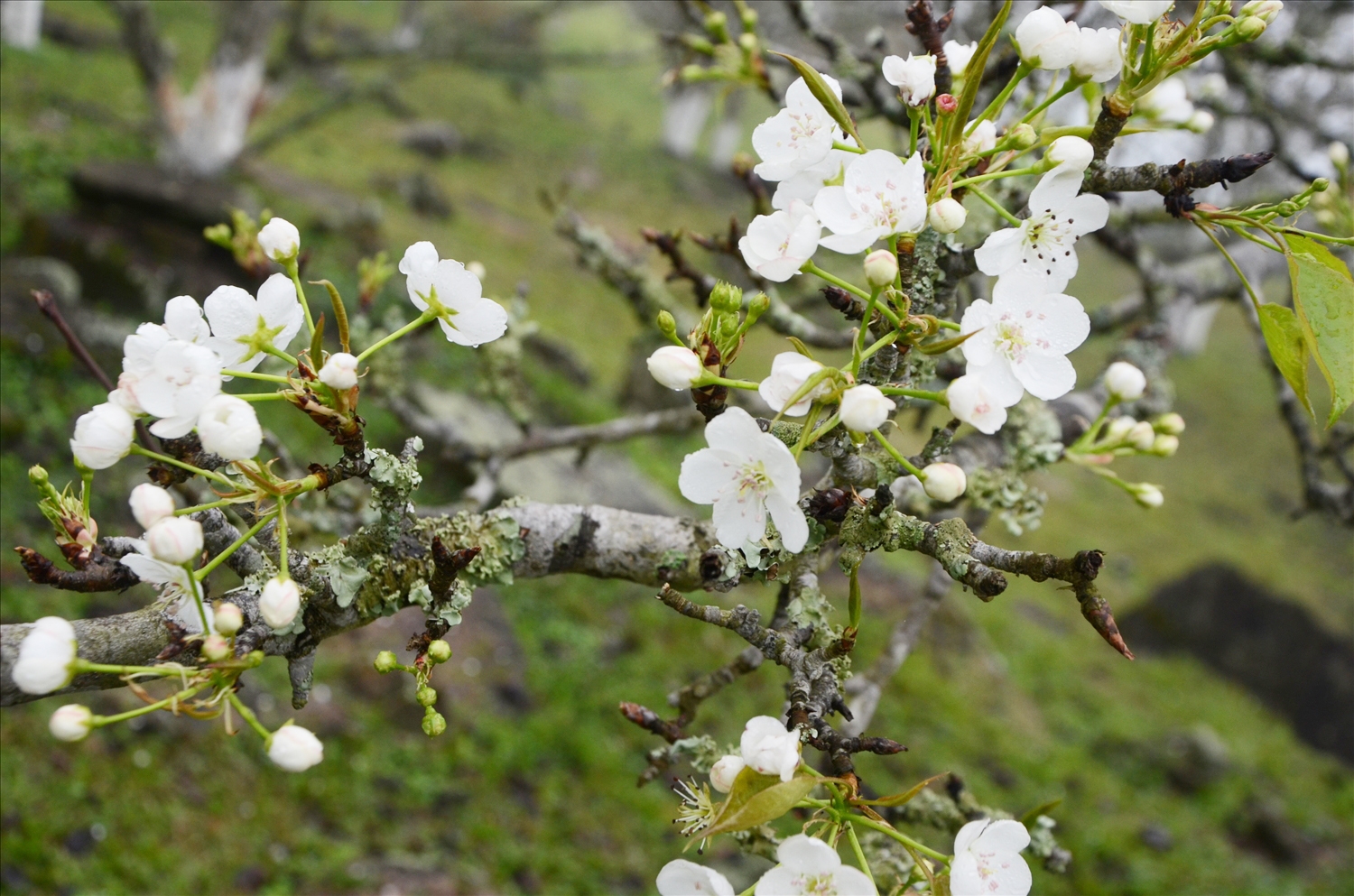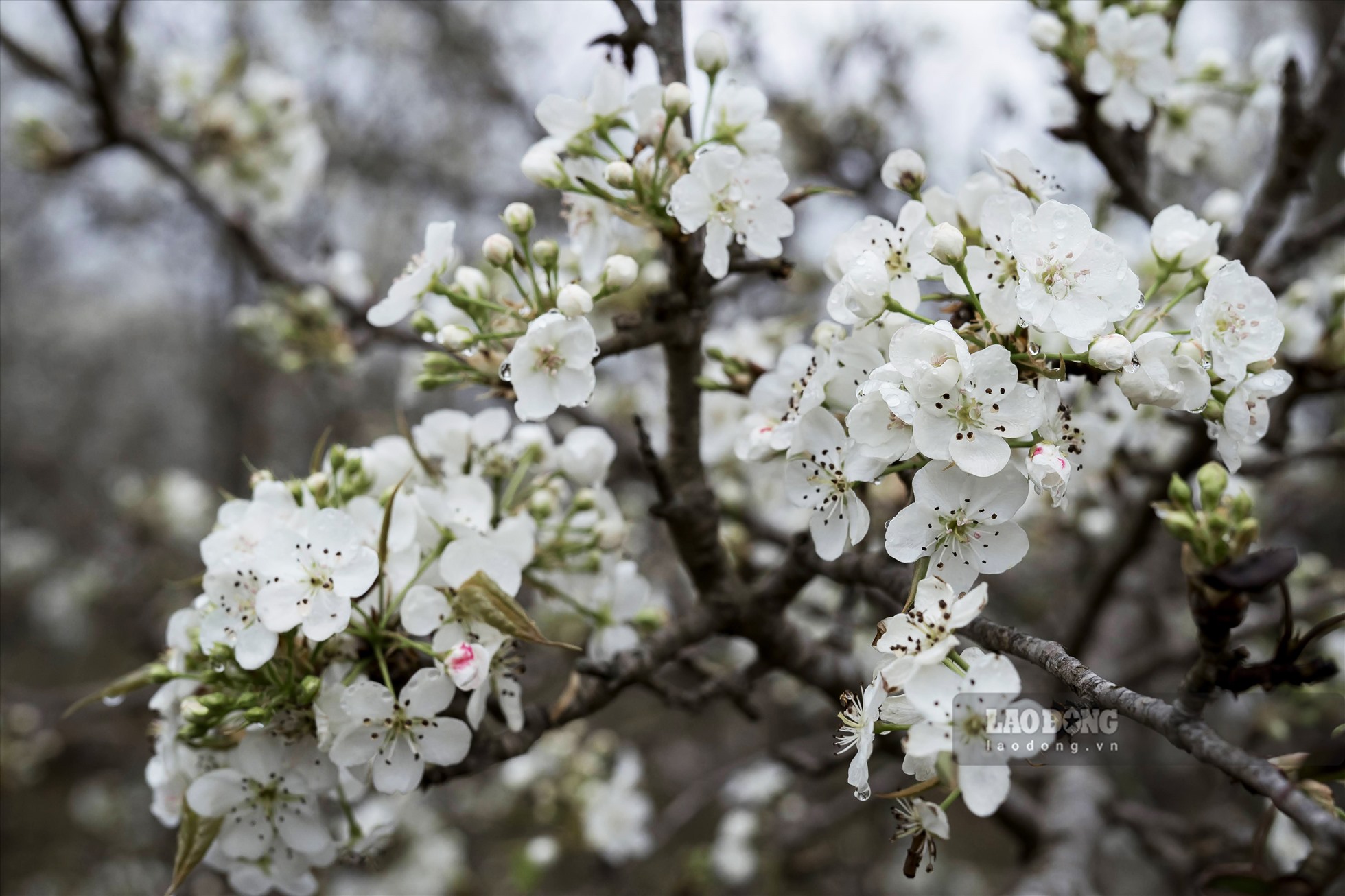Tourist destination
Na Hang tourist area
Ha Giang is adorned with the majestic natural beauty of the mountains and hills, embellished with the emerald green color of the Nho Que river, the vibrant colors of the vast Suoi Thau steppe, waving with the wind at the Lung Cu flag, Italy. more meaningful to the northernmost point of Vietnam. Those special beauties make people forget the wildness of the caves - a new discovery mark of Ha Giang tourism. One of those caves is Lung Khuy; The place is known as the first cave plateau of Ha Giang. Lung Khuy Cave is located in Lung Khuy village, Quan Ba commune, Quan Ba district, Ha Giang province. This place is about 6km from Ha Giang city and about 8km from Quan Da town. Lung Khuy Cave, the first natural cave of Ha Giang, is known as the first plateau cave. Lung Khuy Cave contains wild, mysterious beauty, the crystallization of stalactites and stalactites formed and developed over hundreds of millions of years. There are many geological studies showing that Lung Khuy cave was formed from the development of limestone mountains in the ancient sea more than 400 million years ago. Along with caves, there are many surrounding terrain types such as high mountains, valleys and sinkholes. Lung Khuy cave was found by local people in 2015 and began to exploit tourism at the end of 2015. Because the cave entrance is only about 1.5m high, about 1m wide, attached to trees and vines, it is perfect. It's hard to see... so it still retains its complete wildness to this day. When forming the cave attraction, it was expanded into a small gate, a sign was hung, a path was made inside for visitors, and there were lights on the stone blocks... Inside Lung Khuy cave there is a very complex structural system and diverse stalactite system. According to published geological statistics, the cave is 517.5m wide, 31m deep, with a total area of up to 14,983m2. There are 4 exit systems at altitudes from 850 to 1100m. However, for tourists, we cannot fully explore Lung Khuy cave with the above statistics. Lung Khuy Cave is about 1,000m long with a wide cave interior, even up to nearly 200m wide in some places, and the cave dome is quite high. Looking inside from the outside, visitors can admire a system of stalactites and rough, dark yellow stone columns. Until you set foot inside, you will be overwhelmed by a world of diverse stalactites. In Lung Khuy cave, there are stalactites arranged in groups, some standing alone with various shapes, stimulating the imagination of visitors. It could be a tower, a flowering tree, a flowing waterfall, a lion's head... Most of the stalactites will have a sparkling golden color, the rest will have a unique clear white color. It is the amazing and magical beauty of the stalactites that has contributed to perfecting and adding to the unique artistic picture here. Compared to cave systems in other places, the volume of stalactites in Lung Khuy is dense and concentrated. One stone pillar is placed on top of another, leaning against each other, covering the entire cave scene... In some places we can see stone "jade trees" with pointed tips and stacked on top of each other. Not just one but the whole "forest of jade crane" (a famous type of mushroom in Ha Giang). There is also a wall known as the "magic guitar" that forms strips of stone that look like keys, emitting a strange sound every time you gently tap it with your hand. Inside Lung Khuy cave, there are many holes and puddles containing water. From the cave dome, there are large stalactites 2-3 meters long falling down to create strange shapes. With every step we take, we can feel the pleasant drops of water dripping down, blending into the cool atmosphere from the steam. Visitors can easily travel through the cave thanks to the walkway system built with sturdy iron frames. Colorful lights help visitors easily observe the magical stalactites. With its irresistible pristine beauty, Lung Khuy cave is considered the second most beautiful cave in the Dong Van stone plateau. So if you have the opportunity to visit Ha Giang, don't miss the magical and mysterious natural picture in this corner of the country.
Tuyen Quang
From April to June or from October to December.
3895 view
Na Hang tourist area
Lung Tao commune, Ha Giang is a romantic border commune with a captivatingly beautiful buckwheat flower season every winter. Lung Tao Ha Giang commune is a commune of Dong Van district, located about 20 km west of Dong Van town center. This is a border commune with an area of about 21.41 km², divided into 16 villages. In the commune, there are 16 villages with majestic natural scenery, suitable for trips from far away tourists. Blessed with beautiful scenery by nature, local people take advantage of planting more forests of sa moc trees and buckwheat flowers to serve tourists who come to visit and take photos. So if you have the opportunity to travel to Dong Van, remember to spend time exploring the beautiful and peaceful Lung Tao commune. Buckwheat flowers are scattered throughout the Lung Tao hillside. Tourists coming here, in addition to enjoying the majestic mountains, are also amazed by the vast landscape of buckwheat flowers, planted on a large area on the hillside. Lung Tao commune, Ha Giang is one of the destinations possessing the most pristine, peaceful and romantic natural picture of the rocky plateau. Visiting Lung Tao, visitors will experience a truly poetic, ancient atmosphere and have many wonderful memories here. Lung Tao is famous for houses with ancient architecture, designed with the same beauty as large mansions in the Northwest provinces. Every village in the commune has peaceful houses tinged with time, hidden among rocky mountains and stone fences along the roads. In Ha Sung village, there is an ancient house described as having the same beauty as the Cat King mansion. This house is centuries old, has unique, ancient and impressive architecture, attracting many tourists to stop to visit and learn. Along the way to visit the commune, visitors will walk on winding roads, both sides of the road are shaded with lush green trees, the scenery is as beautiful as Europe. Among many other beautiful destinations in Ha Giang, Lung Tao still has its own appeal thanks to its pristine, ancient and somewhat charming features. Here, people grow many buckwheat flowers to serve tourists who come to see the flowers and take photos every winter. You don't need to stop at any fields, just follow the roads and you can see the flowers blooming every October - December. In the picture of majestic wild nature typical of Ha Giang, the white and pink buckwheat flowers appear full of gentleness and poetry. Everyone knows that buckwheat is a specialty flower of the rocky plateau, so when you come to Lung Tao Ha Giang, you will definitely have many great check-in photos to bring back. People in Lung Tao commune, Ha Giang, plant flowers along the roads leading to the commune, all over the hillsides. During the flower blooming season, an entire sky with pale pink and white colors appears in the extremely pleasant chilly atmosphere. Just travel to Ha Giang in October - December and come to Lung Tao, you will surely enjoy a beautiful and eye-catching picture. Along with many other places to view buckwheat flowers in Ha Giang, Lung Tao contributes to the tourism appeal of the rocky plateau. Coming here, you can spend time wandering around the roads, watching the blooming flowers, and taking many commemorative photos in this land. If you are passionate about virtual living, you definitely cannot miss the opportunity to take lots of photos. Whether it's the early morning or the magical sunset, Lung Tao buckwheat flower season still makes people fall in love. To take beautiful photos, you should choose clothes with light colors to blend in with the mountain and forest scenery.
Tuyen Quang
From October to December.
3782 view
Na Hang tourist area
If anyone has ever seen the movie Pao's Story, they certainly cannot help but be impressed with the simple house with the stone fences. Thanks to this movie, that house has become a popular tourist destination. Pao's house is located in the campus of Lung Cam tourist cultural village, with ancient beauty combined with the majestic natural beauty of the Ha Giang stone plateau, creating a perfect masterpiece that makes a strong impression on anyone. when I first arrived here. Pao's house is located on National Highway 4C connecting towns in Ha Giang, in Sung La commune, Dong Van district. This is one of the convenient locations for you to visit other surrounding tourist attractions. "Pao's house" was built in 1947, at the end of the road, is a walled house, bearing architectural features of the Mong people in the rocky plateau, closed in four directions, in the middle is a sky yard. The yard in front of the house is also paved with stone, surrounded by plums, apricots, peaches... typical flowers of the rocky plateau. The main gate of the house is made of wood and the tiled roof is an attraction for many visitors. According to the tour guides, the Mong people do not use hinges or door latches made of iron but are made entirely of wood. They think of doors as human hearts. If made of iron and steel, they are hard objects like knives and swords, and do not show the kindness and hospitality of the homeowner. At the entrance, visitors can rent costumes to take photos for 30,000 VND per set. The house is two-story, made mainly of earth, with wooden columns, stone steps and column bases, and a tiled roof. The owner of this property is Mr. Mua Sua Pao, who once held the position of Platoon Commander of King Meo's Army before the August Revolution of 1945. On the walls of the mud house hang many pictures of Pao and other scenes from the movie. filmed here. The main house is the place to receive guests, place ancestral altars, and eat meals for the family. Currently, the house is where the descendants of Mr. Mua Sua Pao live. The typical kitchen of the northern mountainous ethnic people in "Pao's house". The porch has many baskets of mustard flowers and buckwheat flowers for tourists to take photos. Because there are still people living here, visitors must ask the homeowner's permission before entering to visit, and should not arbitrarily touch the furniture. The surrounding stone fence about 1.5 m high is the highlight of the Mong people's house architecture. The stones are of similar size, arranged by hand, without cement or sand but very solid, creating a wild look for the house. The house is built around four directions clustered in the middle with a yard and a two-story main compartment divided into many living rooms and rooms. The auxiliary space is divided into small rooms for storage, kitchen, and livestock and poultry barns. The space around "Pao's house" at the end of the year blooms with buckwheat flowers and mustard flowers, attracting many visitors. A few dozen meters from the house are stalls selling highland products, fruits, spices, souvenirs and buckwheat dishes... Pao's house is a famous check-in spot that is not only loved by domestic tourists but also foreign tourists are very interested in this location. If you are about to travel to Ha Giang, don't miss this interesting place.
Tuyen Quang
From October to November.
3789 view
Na Hang tourist area
Located right at the foot of Dragon Mountain and only about 1km from Lung Cu Flagpole, Lo Lo Chai Village has been inhabited by the Mong and Lo Lo ethnic groups throughout the decades. Without owning high-rise buildings or modern, bustling commercial centers, Lo Lo Chai Village preserves many community cultural values of ethnic groups on the beautiful Dong Van stone plateau. This village is likened to a fairy tale world because it possesses peaceful, beautiful houses like those in the storybooks we often heard from childhood. For those who are looking for a place to escape the smoky city, this fairy-tale-like Lo Lo Chai Village will be an ideal destination that you can keep in your travel guide. Lo Lo Chai Village today is still a place that preserves all the cultural, material and spiritual values of the highland peoples here. Walking around Lo Lo Chai Village, you will have the opportunity to admire the typical walled house architecture often found in the Ha Giang stone plateau. The tiled roofs are located close together, creating a simple, peaceful scene. Not only that, this place still preserves many famous traditional craft villages such as carpentry, embroidery... along with famous festivals such as Worshiping Ceremony to the Forest God, rice celebration, new house celebration... Cracked and old walls have become a distinctive feature of ancient villages on the rocky plateau. Following the narrow paths, you will reach the fairy tale village here. In winter, when the last flower petals have fallen, the village becomes even more quaint and old. Amidst the majestic and vast mountains and forests, the image of a village hidden in the morning mist further adorns the scenery of this place. Each familiar corner of this place becomes an unforgettable memory for those who have come and explored Lo Lo Chai Village. Along the way, you will see many small green gardens planted by local people. The road to Lo Lo Chai Village is not too difficult but is narrow and deserted. The houses in Lo Lo Chai Village are built mainly with old corrugated iron or tile roofs. The scenery of the fairy tale village when viewed from afar makes people love this ancient beauty even more. The peaceful roofs lie close together in the windy highlands. The beautiful Lo Lo Chai village nestled in the middle of the windy plateau will be an ideal destination for those who are looking for a peaceful, relaxing place to rest after days of busy chasing the fast pace of modern life. rush. The adventure to this fairy tale village will not only help you have comfortable moments but also add a unique touch to your journey of discovery. Please come and explore Lo Lo Chai Village during your trip to Ha Giang when you have the opportunity!
Tuyen Quang
From January to March or from October to December.
3887 view
Na Hang tourist area
Thac Tien - Gio Pass tourist area is a famous landscape of Nam Dan commune, Xin Man district, Ha Giang province. Coming to Tien Waterfall, visitors feel like they are lost in a place of pure, pristine nature with a landscape like a watercolor painting. Fairy Waterfall is located deep in the primeval jungle of Deo Gio. Thac Tien - Gio Pass tourist area is recognized as a national natural heritage. Tien Waterfall originates from Ta Ngan stream (Ta Cu Ty commune, Bac Ha district, Lao Cai province) at an altitude of more than 1,400m above sea level. When passing through Nam Dan commune, the waterfall drops from a height of 70m at Deo Gio, blending with the majestic mountain and forest landscape, the waterfall divides into two parts like a stream of soft, smooth long hair of a young person. female in her twenties. Nowadays, Tien Waterfall - Gio Pass tourist area is becoming more and more famous because of its fresh, clean scenery. Coming here, visitors can walk on the small bridge at the foot of the waterfall and take unique check-in photos. Coming to Tien Waterfall, visitors can immerse themselves in beautiful nature and breathe the clear, gentle atmosphere. The sound of gurgling streams and chirping of forest birds seemed to welcome tourists from far away to the flowering rocky area. The water flows down from above, creating a small stream full of water all year round. The stream water is so clear that you can see the pebbles at the bottom. This is also the source of the Ta Lan stream flowing to Nam Dan village - where the most famous ancient stone beach in Ha Giang is located. The best time to visit Tien Waterfall is in the summer, from April when the weather is cool and clear, suitable for immersing yourself in the fresh water and learning the legends related to this beautiful waterfall. Visiting Deo Gio tourist area, visitors can explore nearby destinations such as Nam Dan ancient stone field dating back thousands of years to admire the inscriptions from prehistoric times. This is also a land of important spiritual significance to local people. During the journey to explore Xin Man district, visitors can take time to visit Coc Pai town. This is a beautiful small town located in the middle of green forests and don't miss the opportunity to participate in the unique market here. On cold winter days, when returning to Xin Man, tourists must visit Suoi Thau steppe - a large steppe with buckwheat flower hills stretching as far as the eye can see. Suoi Thau is beautiful, pristine and romantic like a muse, promising to bring "genuine" virtual live photos to tourists.
Tuyen Quang
From April to June.
3790 view
Na Hang tourist area
Ha Giang is very lucky to be blessed by mother nature with many majestic natural landscapes of mountains and forests. Whether it's small like Vi Xuyen Ha Giang or bustling like Ha Giang city, it all has its own famous natural landmarks. Located in the middle of the noisy and bustling city of Ha Giang is the image of the towering Cam Son mountain, creating a majestic and majestic picture that is no less poetic and lyrical. Cam Son Mountain is a famous scenic spot and also the choice of many tourists when traveling to Ha Giang. This mountain is even more especially attractive because other mountains are often in wild places, with overlapping mountains, Cam Son Mountain is different. In the heart of the bustling city of Ha Giang, there is a towering mountain, as if it is surrounding and protecting the lives of the people here. Cam Son Mountain is located in the center of Ha Giang city, located right next to Cam Son town, running along Ma Tim slope. In general, the terrain of this mountain is very dangerous with steep cliffs and deep caves next to it. However, it is these steep cliffs that attract backpackers to visit, explore and conquer. The main terrain of Cam Mountain is divided into two separate parts. One is a deep cave terrain with dangerous vertical rocks. Two are successive cliffs extending from the top of the mountain in the direction of Ma Tim slope. In contrast to the mountain peak stretching towards the Lo River are dirt mountains and steep slopes, hidden at the foot of the mountain is an image of busy streets and bustling lives of people. Creating a contrasting scene between the peaceful, pristine atmosphere of Cam Mountain and the bustle and luxury of urban life, although opposing but not losing harmony. There is only one road to get to Cam Son mountain, but the terrain is very dangerous. Perhaps for that reason, Cam Son Mountain still retains its wild and mysterious beauty. In the past, during the resistance war against the French, the dangerous terrain of Cam Son mountain partly created favorable conditions for our army and people to fight and protect this place. Previously, when it had not been built and developed, the road to Cam Son mountain was quite difficult and arduous. Later, when investment was made and a television tower was built, this road was repaired so it was easier to travel. When choosing to travel or go backpacking to Cam Mountain, you can choose to go by car or motorbike. If you go by car, the car can only go to the foot of the mountain, the rest you have to walk up yourself. If you go by motorbike, you can move further to the middle of the mountain. From here you can stroll to the top and admire the mountain scenery. high, with zigzag steps winding between the mountain slopes. Why is it said that this is a sacred land because on Cam Son mountain there is the sacred Cam Son temple, today known as Mau temple, which is a mysterious sacred spot. This is a spiritual tourist destination that attracts many tourists to visit. When you can admire the beautiful scenery of Cam Mountain, visit the temple and wish good things for yourself, your family and friends. Traveling to Cam Mountain is not simply a backpacking trip for backpackers. This place also leaves more marks as it satisfies the excitement of conquering the high mountain peak, bringing you back with a feeling of pride mixed with sadness when remembering the place that marked the history of heroes fighting against the enemy. old times and many other feelings. Located in the heart of Ha Giang city, Cam Mountain will bring you many wonderful experiences when visiting.
Tuyen Quang
From April to September.
3356 view
Na Hang tourist area
Known as the fairyland of the Ha Giang highlands, Noong Lake appears with poetic wild beauty amidst dense primeval forests and time-stained limestone mountains. This place is known as a fairyland that if you travel to Ha Giang, you should not miss! Noong Lake is located in the Tay Con Linh Mountains in Phu Linh commune, Phu Xuyen district, Ha Giang province. The lake has an area of more than 20 hectares in the dry season and 4 times the area in the rainy season. Surrounding the lake is a majestic landscape with primeval forests and limestone mountains covering an area of more than 700 hectares. The lake currently belongs to two villages, Noong 1 and Noong 2, with the main water source being taken from underground water from the rock cave, in addition, there are 3 underground water caves flowing in from Lo River. Therefore, every time the rainy season comes, schools of fish swim into the lake, creating an extremely diverse underwater ecosystem, contributing to beautifying the lake, which already has the beauty of this fairyland. Because it is formed from underground water, the lake never dries up. A special feature of the lake is that in the middle there are lush green trees, making this place a place where you can both raise aquatic products and grow vegetables. That is what makes this lake more special to tourists. Noong Lake is considered by the people here as the "eye of the forest". The lake surface is always calm and sparkling, reflecting moonlight or sunlight. Coming to Noong Lake, visitors feel like they are lost in another world, discovering the wonderful beauty of nature. In particular, you will have the opportunity to experience sitting on a dugout boat down the lake to enjoy all the beauty of Noong Lake. If you look far away, you will see villages imbued with the bold colors of the Northeast of Vietnam with ethnic stilt houses, bringing a feeling of extreme peace. Currently, Noong Lake is attracting more and more tourists, especially those who love to explore and foreign tourists. Noong Lake has become one of the destinations not to be missed when traveling to Ha Giang! Noong Lake is where visitors can discover the beauty of ethnic people such as Tay, Mong, Dao... There are about 6 ethnic groups living together, which has created the cultural diversity of the area. this barn. When boating on the river, visitors can admire the beauty of the Tay people's stilt houses, which are extremely unique and cozy. Furthermore, you will admire the sight of ethnic people here growing vegetables and raising fish to better understand the lives of the simple and honest people here. Noong Lake is one of the great stopping places for tourists coming here. You will be immersed in the wonderful natural atmosphere. Stop at Noong Lake in any season and at any time. Everyone can explore all the beauty of this place. Depending on each person's needs and preferences, you can stop here at any time you want. You come here around May - June. Coming to this place, you can see images of the village. The blue water of this lake area at this time you will see the calm lake surface along with the fresh air. Stopping here seems to have dispelled all the heat of the hot summer days and felt the coolness of the water. If you set foot here in August - September, you will witness a different beauty with images of terraced fields around the lake and feel the fragrant aroma of rice for guests. tourism.
Tuyen Quang
From May to September
3540 view
Na Hang tourist area
Tu San Alley is located in the Nho Que river area, passing through Ma Pi Leng mountain to reach Meo Vac land. Nho Que river inherently has an extremely intense flow, but when it comes to Tu San alley, this water flow suddenly becomes gentle again, gentle and lyrical and very poetic. This is considered one of the deepest canyons in Southeast Asia, with a cliff height of up to 800 m and a length of up to 1.7 km with a depth of up to 1.7 km. 1 km away, this is one of the extremely unique natural landscapes in the Northwest mountainous area. Over hundreds of millions of years, along with changes in the Earth's crust, this unique Tu San alley has been formed. Located in a valley area with geological formations, this place has extremely wild scenery and few people still set foot here. Tu San Alley in recent years has become one of the extremely favorite tourist destinations of young people coming to Ha Giang. Tu San Alley possesses a sublime natural beauty and full of dignity between heaven and earth. In addition, stopping at the Tu San Alley area, visitors can also admire the beauty of the Nho Que river winding along the mountain ranges or look at the stone slabs of Tu San alley, which have also become an extremely unique and unique image. rare here. According to the timeline of history, for more than 350 years the rocky plateau has been located deep below the sea surface and this place has also undergone many geological changes thanks to the movement of the earth. There are more than 138 geological heritages and 17 ancient fossils located in paleo-sedimentary blocks in Dong Van that have been excavated, discovered and researched. Nowadays, when traveling to the Tu San alley area, visitors cannot miss the boat ride on the Nho Que river area to see and enjoy the extremely poetic scenery here. The blue rivers, along with the image of clouds covering the white sky, combined with the noble scene from the Tu San alley area, is like being lost in the photo frame of a fairy. Coming here to Tu San alley area, you will be dreamy as well as immersed in the natural beauty of this place. Each season, Tu San Alley brings you different beauties, no two seasons are the same. If you come to Ha Giang in the spring, you will participate in many traditional festival activities here such as horse racing festival, buffalo fighting festival,... extremely interesting and attract many tourists when stopping. foot here. At the same time, if you come to Ha Giang in March, you will admire the beauty of peach and plum flowers in full bloom and will have the opportunity to admire the extremely beautiful natural scenery. Under the cool weather, along with the image of green water, you can admire the specialties of the Nho Que river on spring days. Another time to travel to Nho Que River that is loved by many young people is in the fall from August to October, when the weather is cool and the triangle flowers are visible. The circuit is starting to bloom. Standing from the Ma Pi Leng pass area, visitors can see the extremely beautiful layers of purple vegetation on the hillsides, at the foot of the mountain. Stopping here, you will be overwhelmed by the extremely majestic natural scenery that Mother Nature has gifted this place. The end of October is also the time when Ha Giang is also starting to enter winter. At this time, coming to the Nho Que River as well as Tu San Alley, you will feel the coldness of this place and touch the trees with your own hands. The thin, light mist floats and blurs like you are lost in the magical areas on earth. This will be one of the wonderful and unforgettable experiences for you during your trips to Ha Giang. Nho Que River as well as Tu San Alley each season has different beauty as well as each season has a unique beauty that each person feels differently. Therefore, you can arrange to come to Ha Giang at any time you want so you can admire the beauty here.
Tuyen Quang
From August to October
3657 view
Na Hang tourist area
Hac Lan is located 2 km from National Highway No. 2, very convenient for tourists to sightsee and relax after the journey to discover the mystery of Tien Cave. From km 57 of the Tuyen Quang - Ha Giang route, turn left towards the rolling waterfall, visitors have the opportunity to pass through rows of stilt houses that are sometimes hidden and sometimes present, interspersed with primeval forests, where the tail of the waterfall passes through. shiny golden orange gardens. Going deeper into the foot of the waterfall, the majesty of nature makes people feel like they are entering a fairy tale world. Nature cleverly bestows on humans the essence of heaven and earth - the waterfall is like a stream of white silk running through 9 stone steps symbolizing 9 levels of love, so people here call Rolling Waterfall a 9-storey waterfall. or Love waterfall. At Love waterfall, all fatigue disappears, replaced by a pleasant feeling of relaxation. Under the clear blue water are fish with round bodies and long bodies like a shy maiden hiding in mossy rock crevices, above are wild orchid branches hanging down to the water surface. Khuy fish is an extremely rare fish that people here call the god fish. When the morning dawn shines over the top of the waterfall, all kinds of fish, Bamboo fish, crayfish, and stone crabs swim freely and play with people and the mysterious wild natural scenery. It can be said that coming to Lan waterfall to admire the wild beauty of nature. Coming to settle down at the foot of Love Waterfall for over 20 years until today, Mr. Nguyen Van Tiep - A farmer in Thong Nhat Village 3, has fully understood the values that Rolling Waterfall brings to people. Rolling Waterfall is both a natural beauty. However, not only is it a source of irrigation water for fields and in the future, if we know how to properly exploit and use Lan waterfall, it will also be a valuable source of hydroelectricity to serve human life. Rolling Waterfall is one of the attractive eco-tourism destinations that Ham Yen district included in the tourism development program for the period 2006 - 2010. The important issue here is the government party committee and local people of Yen Phu commune. Phu must do better in preservation work such as actively protecting watershed forests to keep the ecological environment clean so that Lan waterfall retains its pristine beauty that nature has bestowed upon it.
Tuyen Quang
From January to December
4193 view
Na Hang tourist area
In the early morning sunlight, the pear gardens with pure white flowers in Hong Thai commune (Na Hang) are as beautiful as a giant crystal strip, captivating visitors. The warm spring weather is also the time when the pear garden blooms at its fullest and most beautiful. Whether the weather is hazy due to thick fog or clear blue and sunny, being immersed in the beautiful pear gardens in Hong Thai gives us a wonderful feeling that we don't want to leave. In the past, plum trees grew wild in the forest. The fruit was not big, the color was not eye-catching, but it was delicious because of its sour taste, crispy skin and strong sweetness. Thuong Lam girls are charming, gentle, willing to work hard. The natural beauty of Tay girls and their hands to spin cotton, weave fabrics, and embroider brocade have created the age-old cultural beauty of the people here. Surprisingly, the two lands are hundreds of kilometers apart, but the song still brings people and nature closer together. The song makes people more proud and love the nature and people of Tuyen's mountainous region. Plums and pears have existed since ancient times in Hong Thai, a land of many white clouds, many high mountains and several degrees colder than other areas of Tuyen Quang. Residents living on high mountain slopes and farming on terraced fields are mainly Dao Tien people. There are also Mong and Tay people. Their creative and diligent labor from generation to generation has carved a picture of their mountainous homeland. For a long time, plums and pears were just things to eat, entertain guests, and give to relatives and friends. Very rarely is it a commodity product. The tree lives humbly on hillsides or mountain slopes. Spring comes, each tree has its own look, offering the world a season of pure, white flowers. It seems that only when the tree wears new clothes, people are startled to think of the tree, of the cycle of creation. Over the past decade, as tourism has developed, pears and plums have become the highlight of this land. Especially when Hong Thai Terraced Fields was recognized as a National Landscape, pear trees were focused on growing and taking care of people. Pear forests with several hectares of land and hundreds of trees are cared for, pruned, and invested in watering systems. An entire road of pear flowers, up to 6 km long, with nearly 1,000 trees, from Khau Trang village to Na Mu village. Just a few days ago, people planted pears along the winding concrete road, but now pears have bloomed white flowers all over the sky. The tree trunks and branches of pears have white mold and rough patches of symbiotic lichen, and have cracked clusters of beautiful little buds. They huddled, crowded together, sparkling like the silver beams of Dao girls. Thousands of tiny raindrops, resting lightly on thin wings. Clouds and mist like veils also come here to reside. The milky white sky crept lower. They carry moisture to the plant. Under the tree, the grass has just grown green. The white of the flowers, the green of the grass, it seems they are racing with Spring. Many tourists suddenly uttered the poem of the great poet Nguyen Du: "The young green grass creeps up the horizon/The white pear branch is dotted with a few flowers." The end of February and beginning of March is when the weather is in full bloom. Each flower branch, intertwined with each other, resembles a white bridge hanging in the air. On the flower beds, bees were busy searching for honey, accidentally pollinating and bearing fruit for the trees. When the gardener whitewashed each tree stump, the pear tree now looked like a Dao girl wearing white leggings, just stepping out of the Khau Trang fields. Here and there, next to the pear tree are patches of moldy rocks and moss growing around. Standing stones, lying around the base. Strangely enough, the hard, dry thing blends with the pure, clear pear flower. Wandering around the village, we will encounter yin and yang tile roofs. The Dao people's house is spacious and warm like your heart. The houses are close together, at the back of the mountain, at different heights, clustered together into villages. People share the same water source. Water flows from high mountains all year round, gurgling to the village, then distributed to every house. Water to cool garden plants and fields. Pear flowers light up the deep tiled roof, or does the tiled roof make the pear blossoms shine? The costumes of the Dao Tien people are the same, amidst the dark indigo color, the bright spots of silver buttons stand out. As time passed, the pear silently grew, until it was harvested, humble again in its simple brown color. You can go up the mountain slope to explore ancient Shan Tuyet tea trees. The age of the tree is up to a hundred years. To harvest tea, people have to climb trees, vine branches, and pick buds. The outer bark of the tree trunk is white mold. There are trees that I can't wrap my arms around. In cold weather, tea trees have to wear an extra layer of warm clothing, which is a layer of patchy lichen. Tea overcomes cold dew and cold wind, leaving it for buds all year round.
Tuyen Quang
February to March
4280 view
